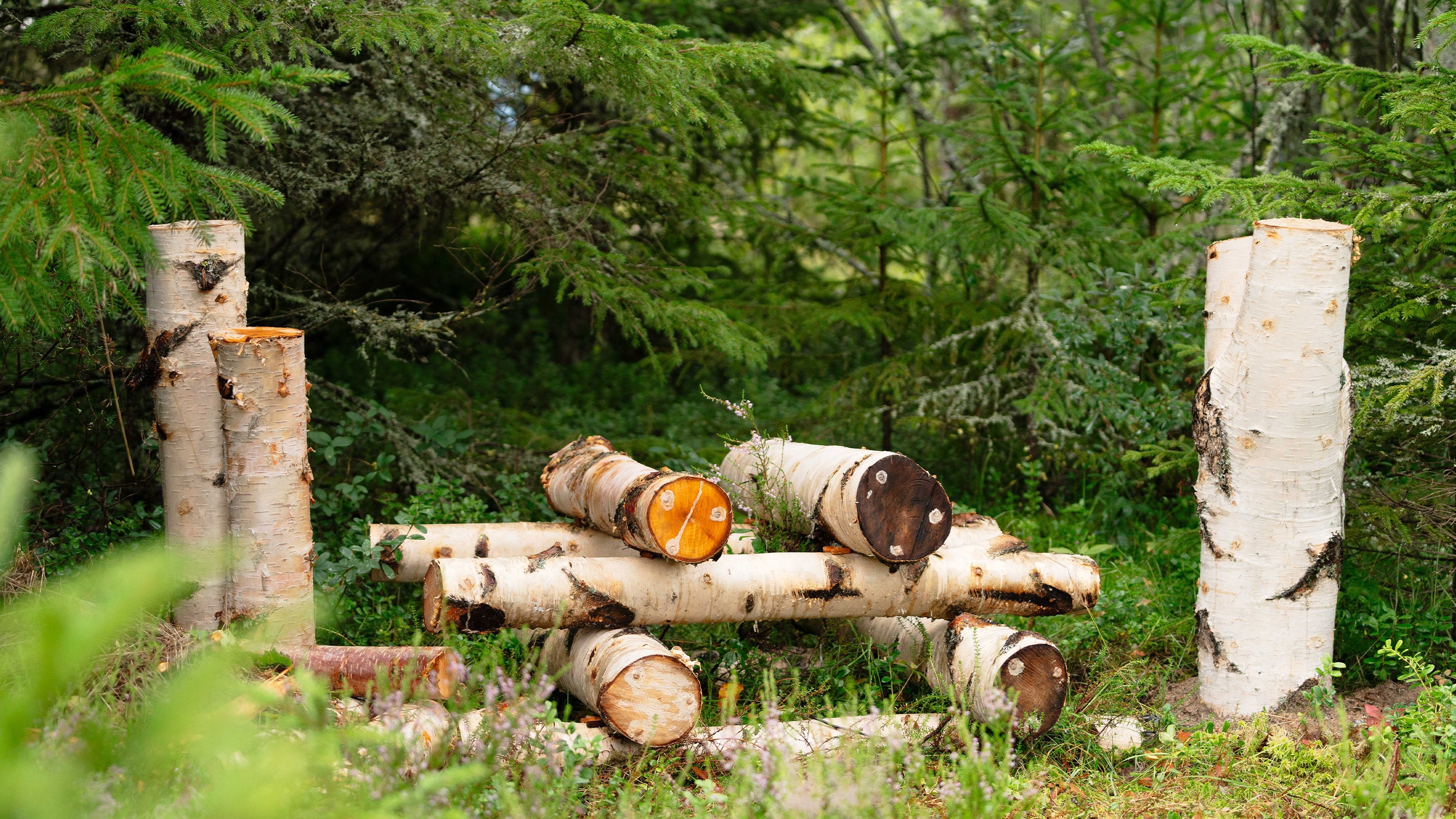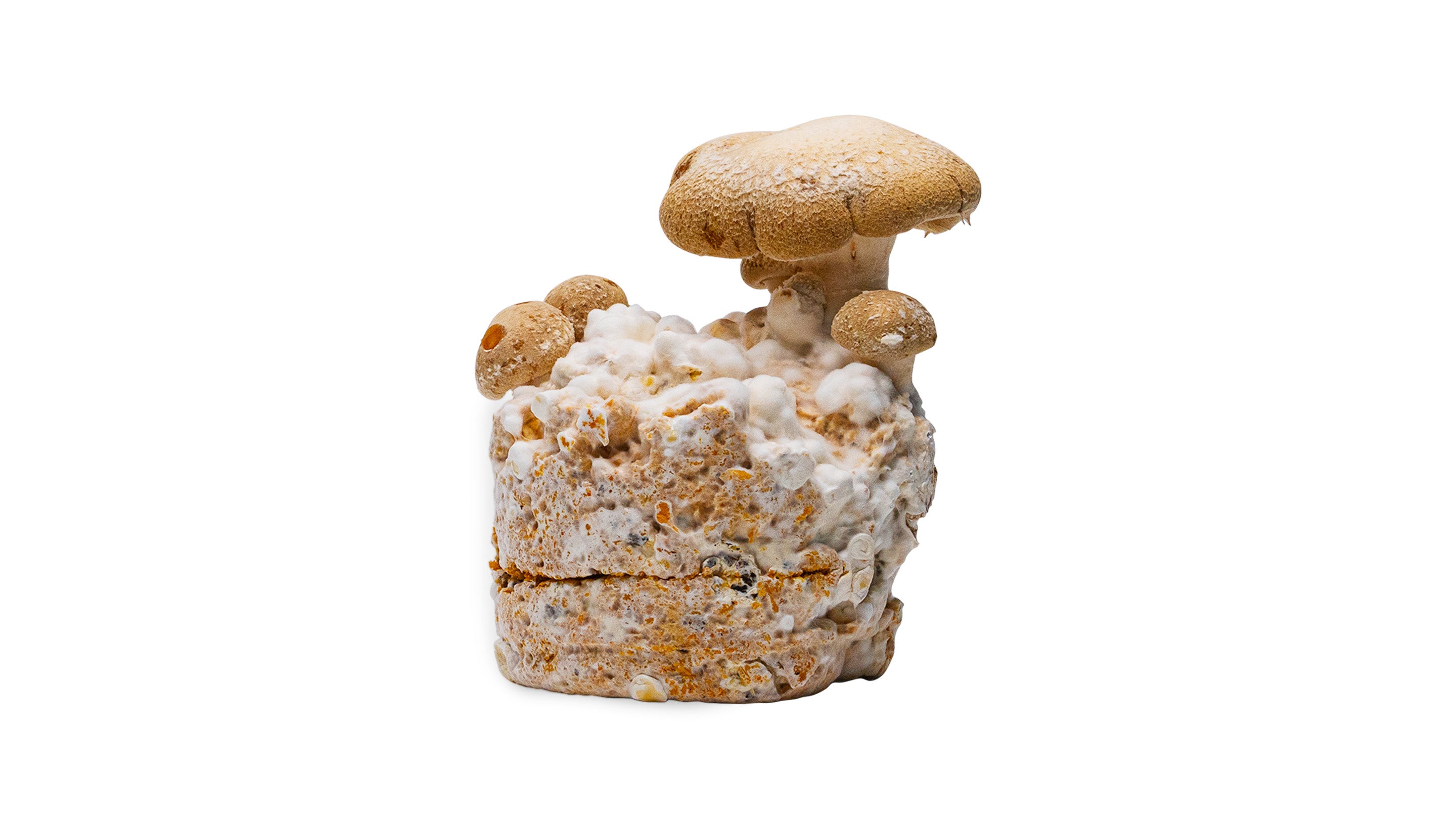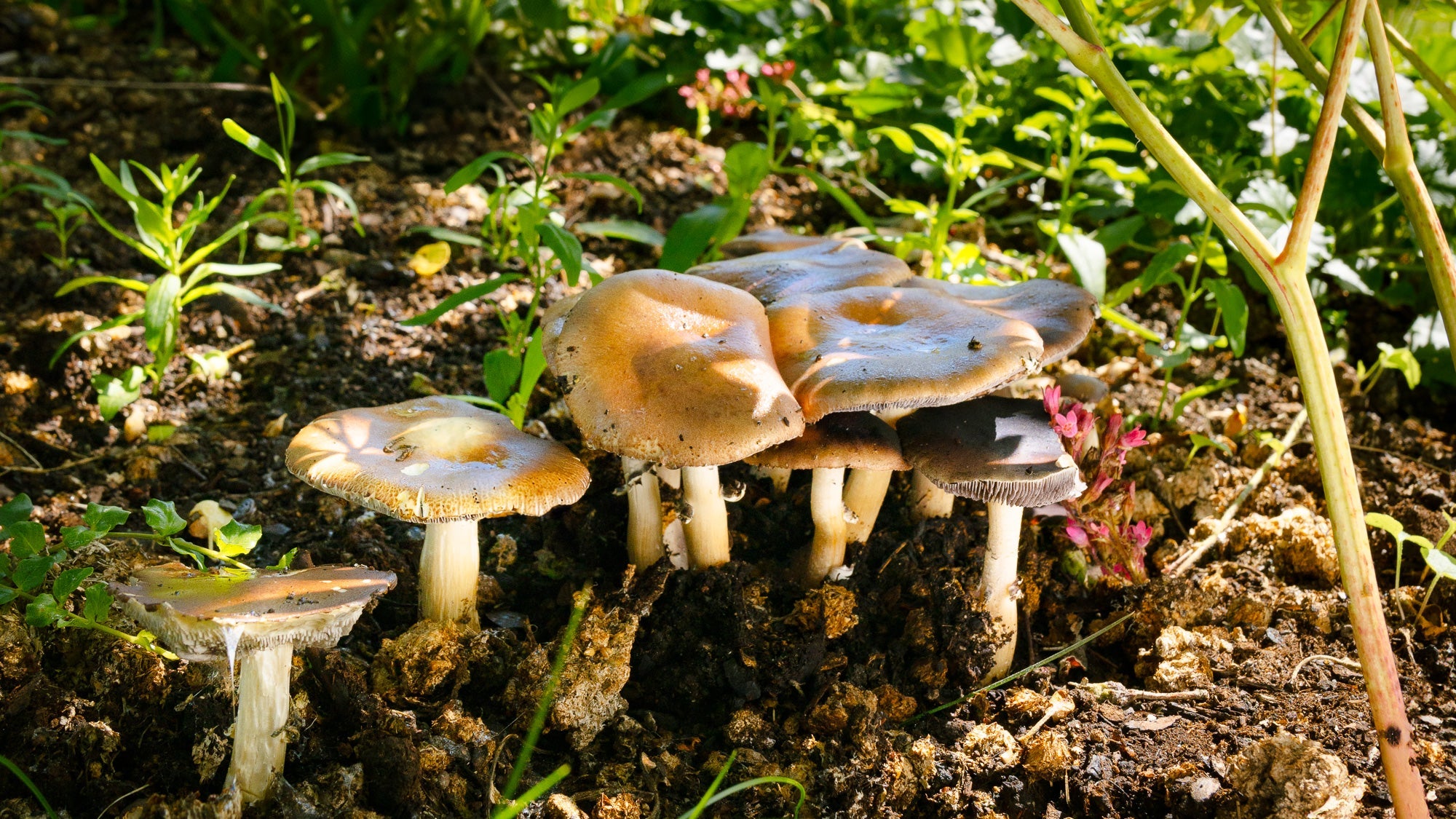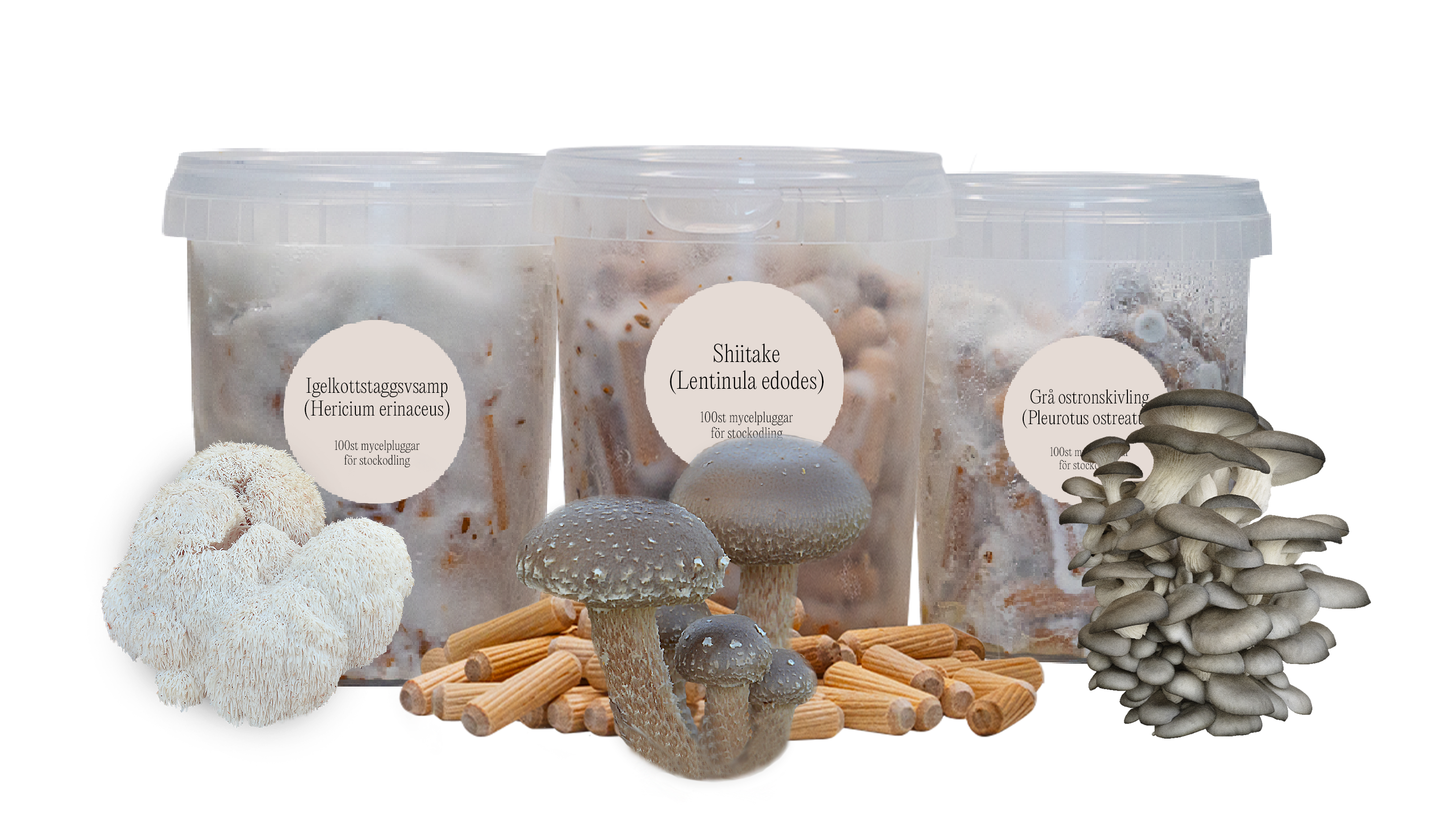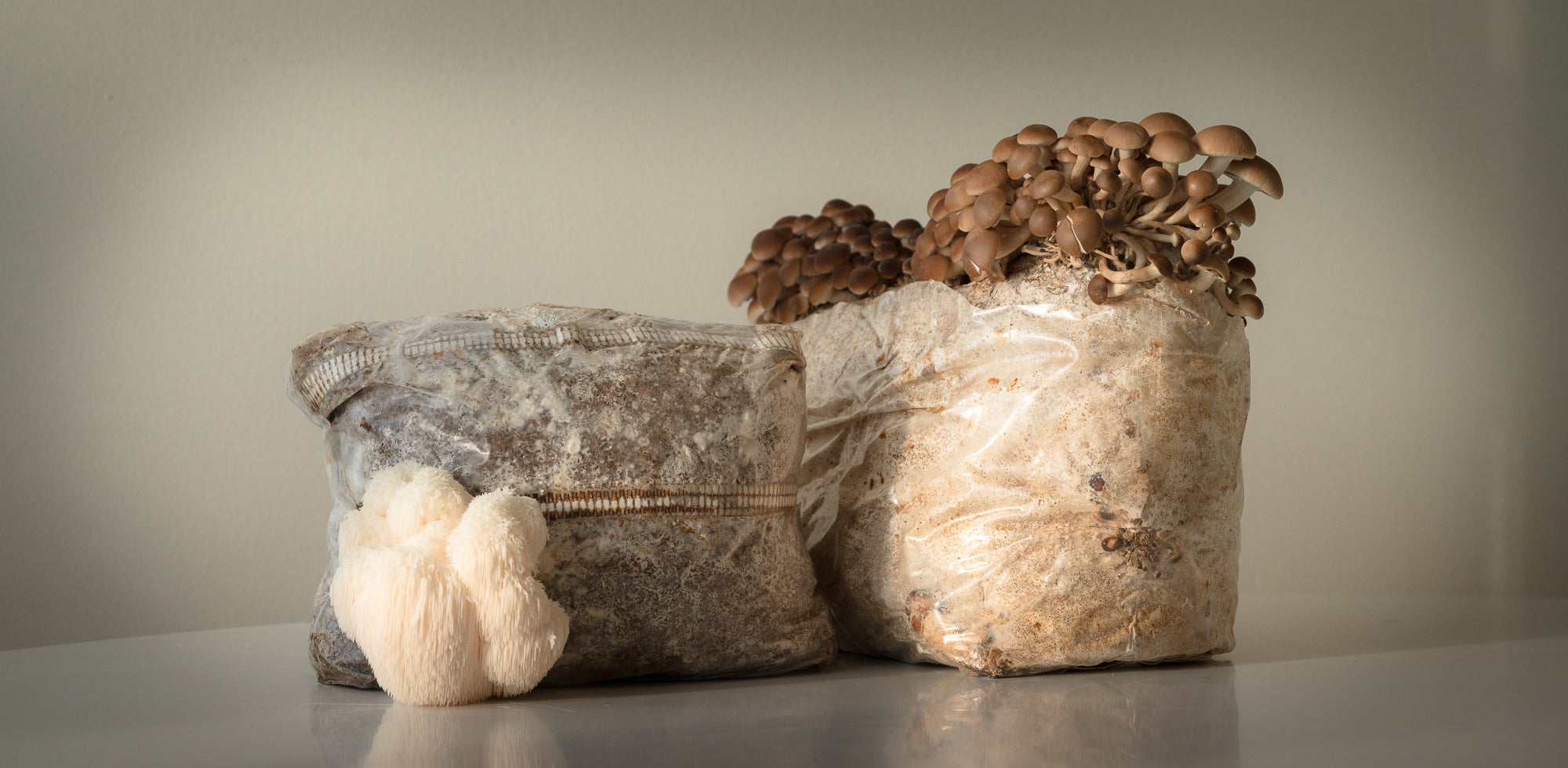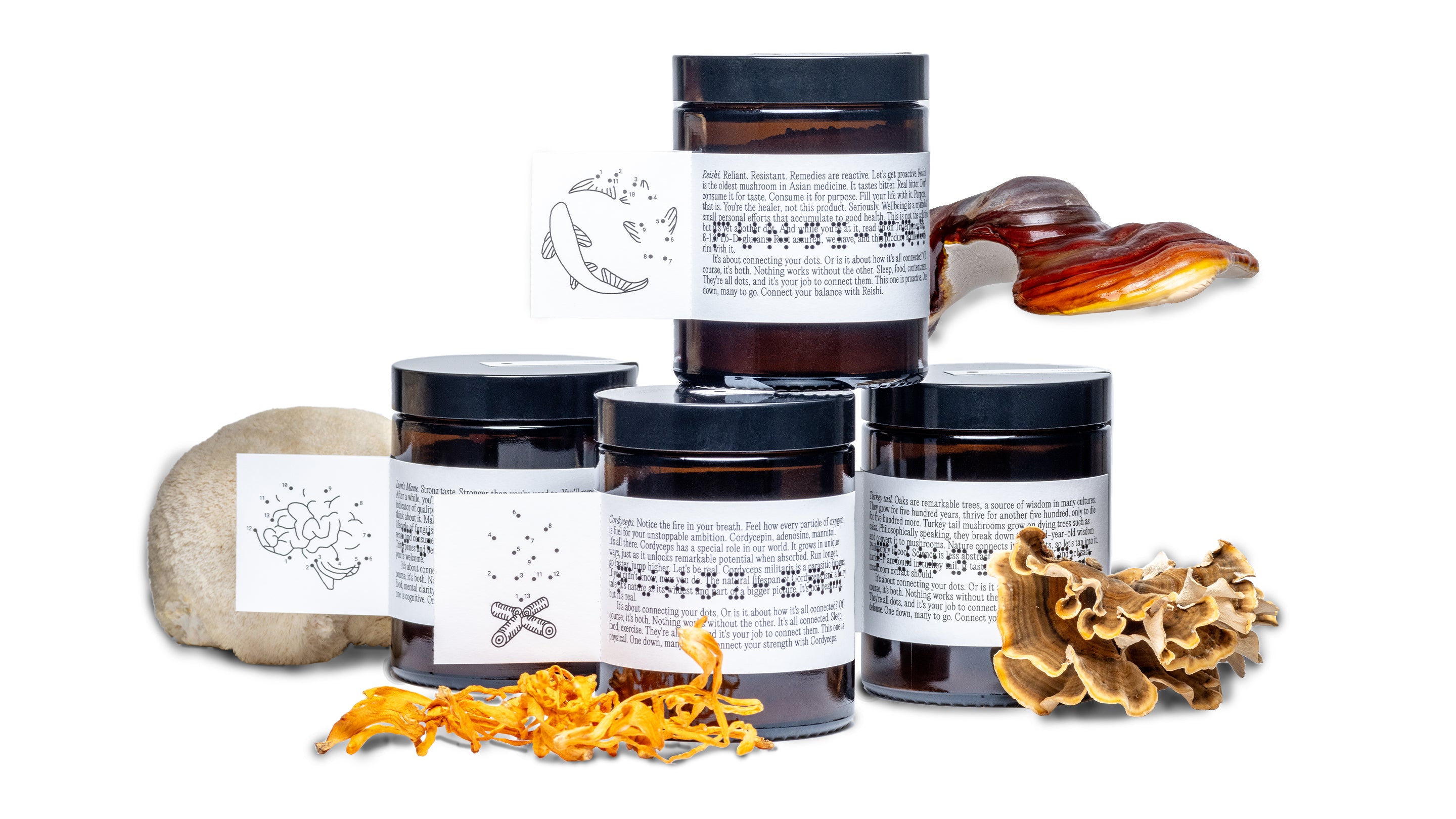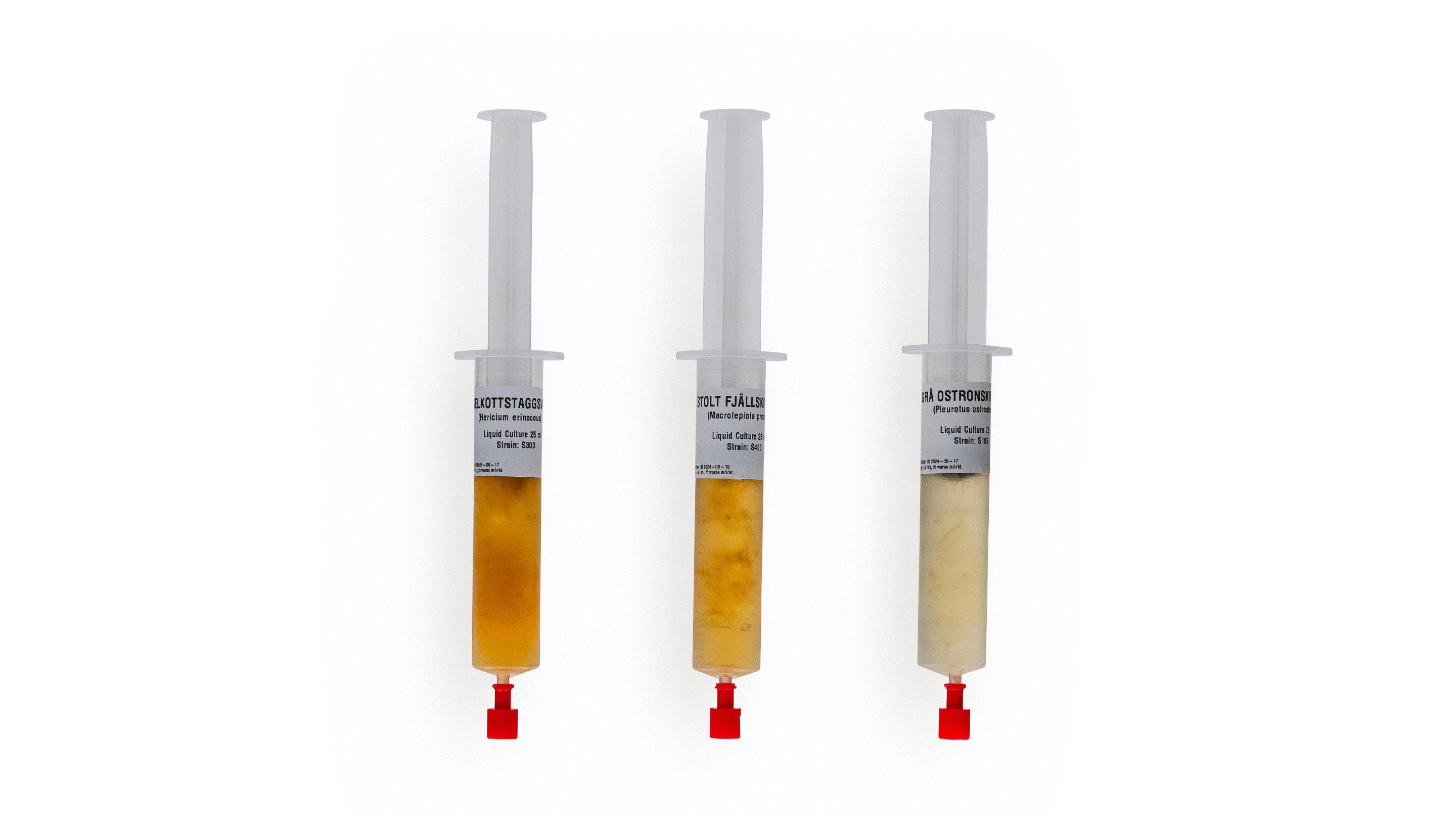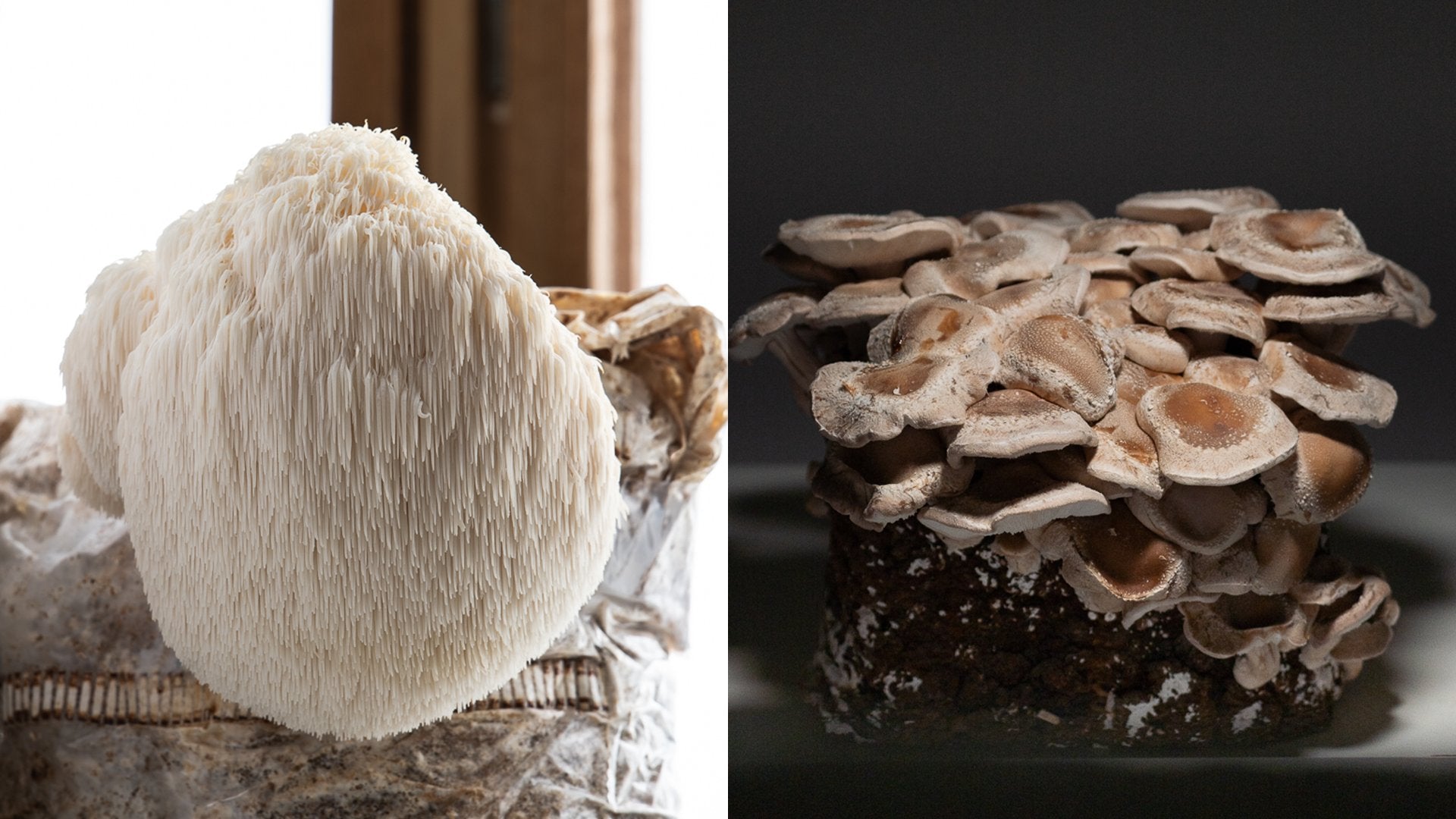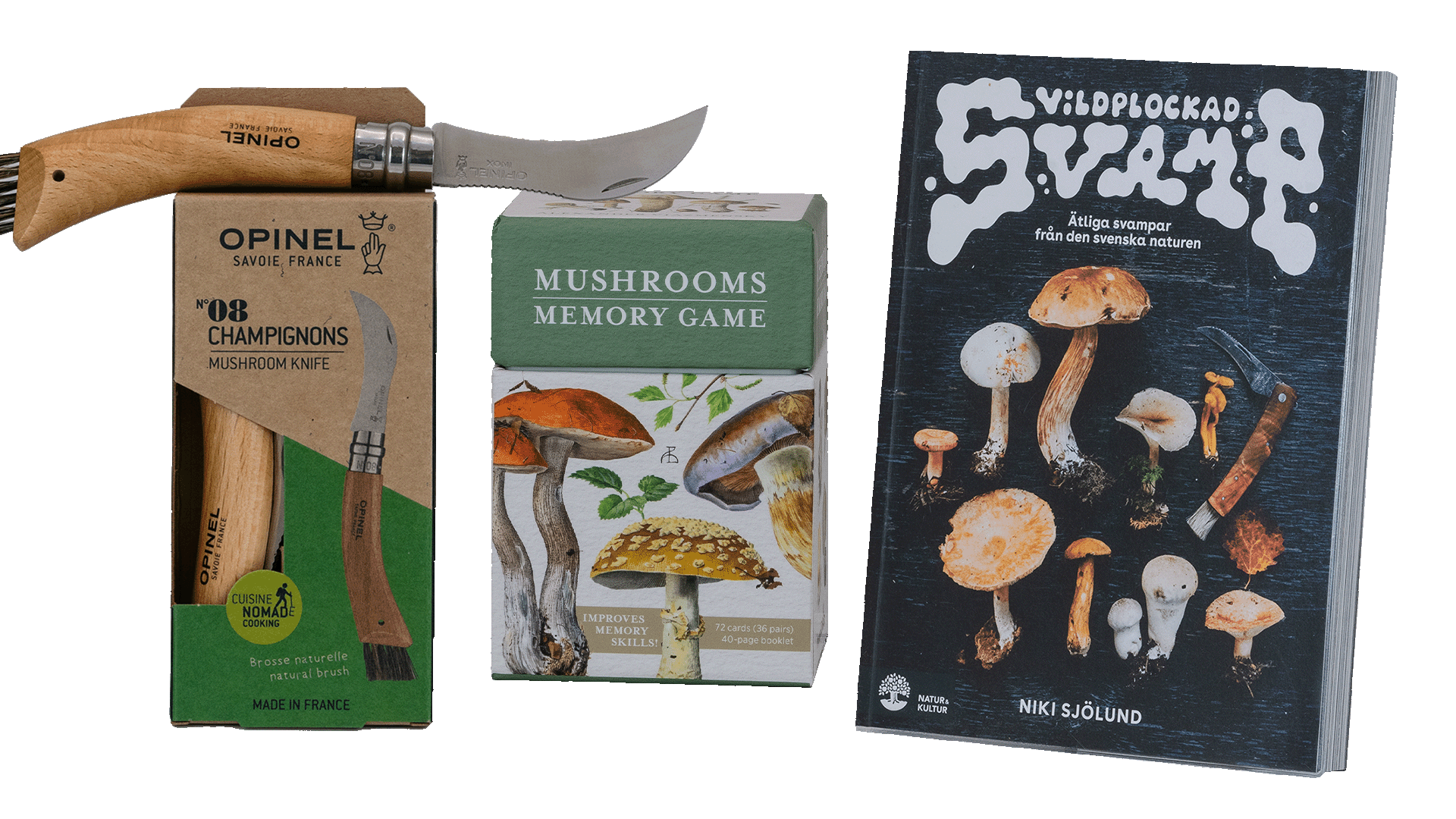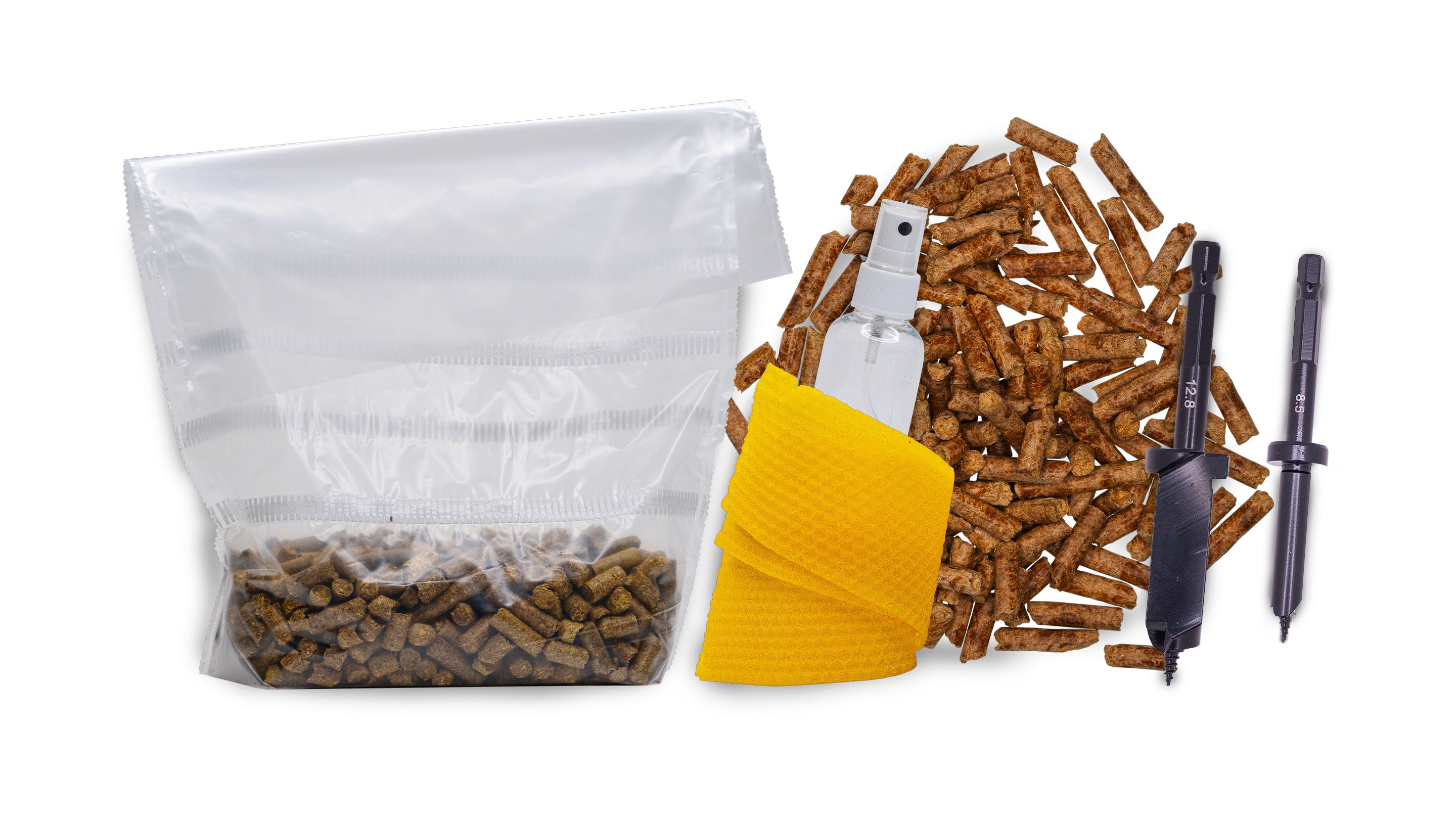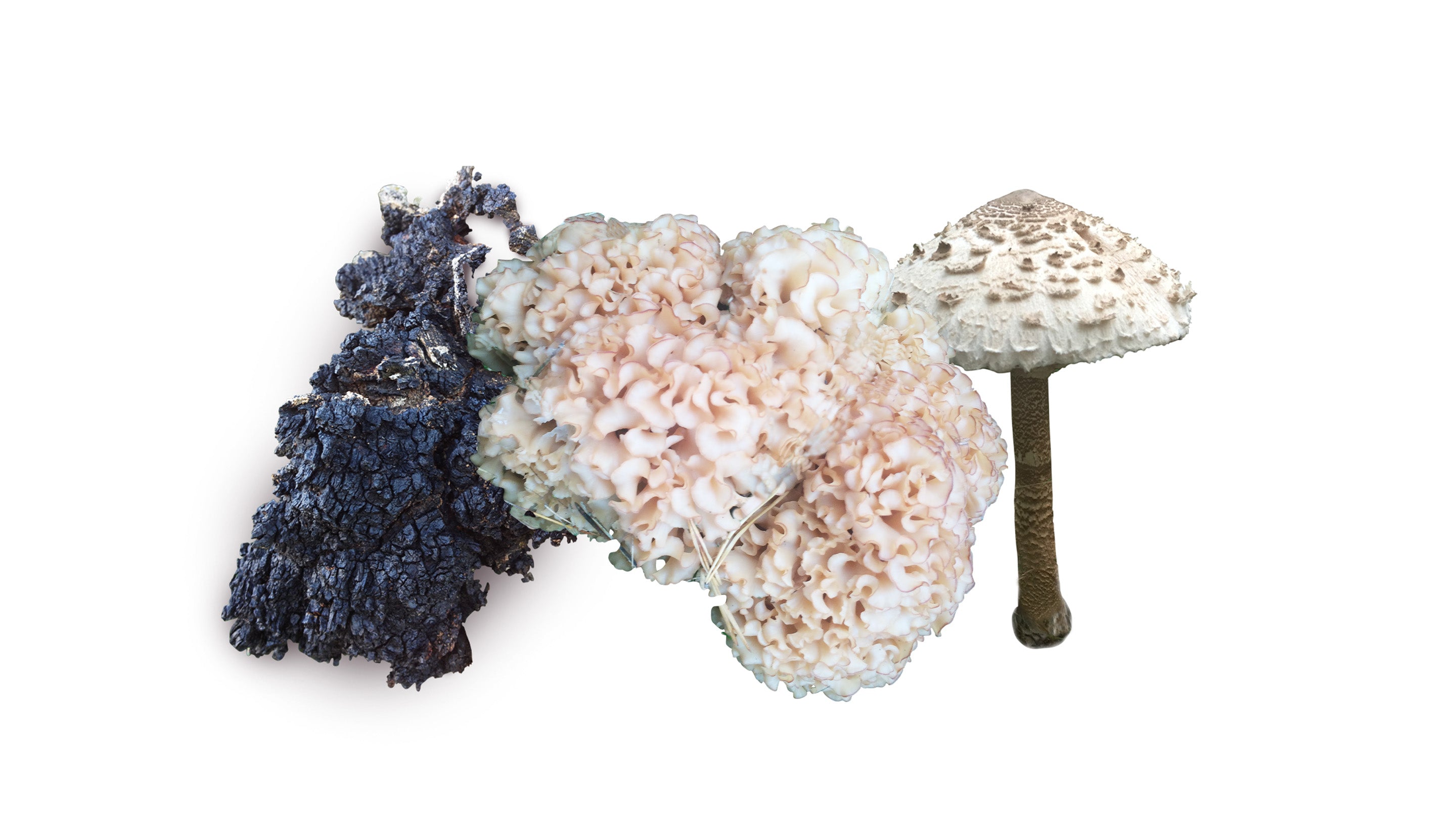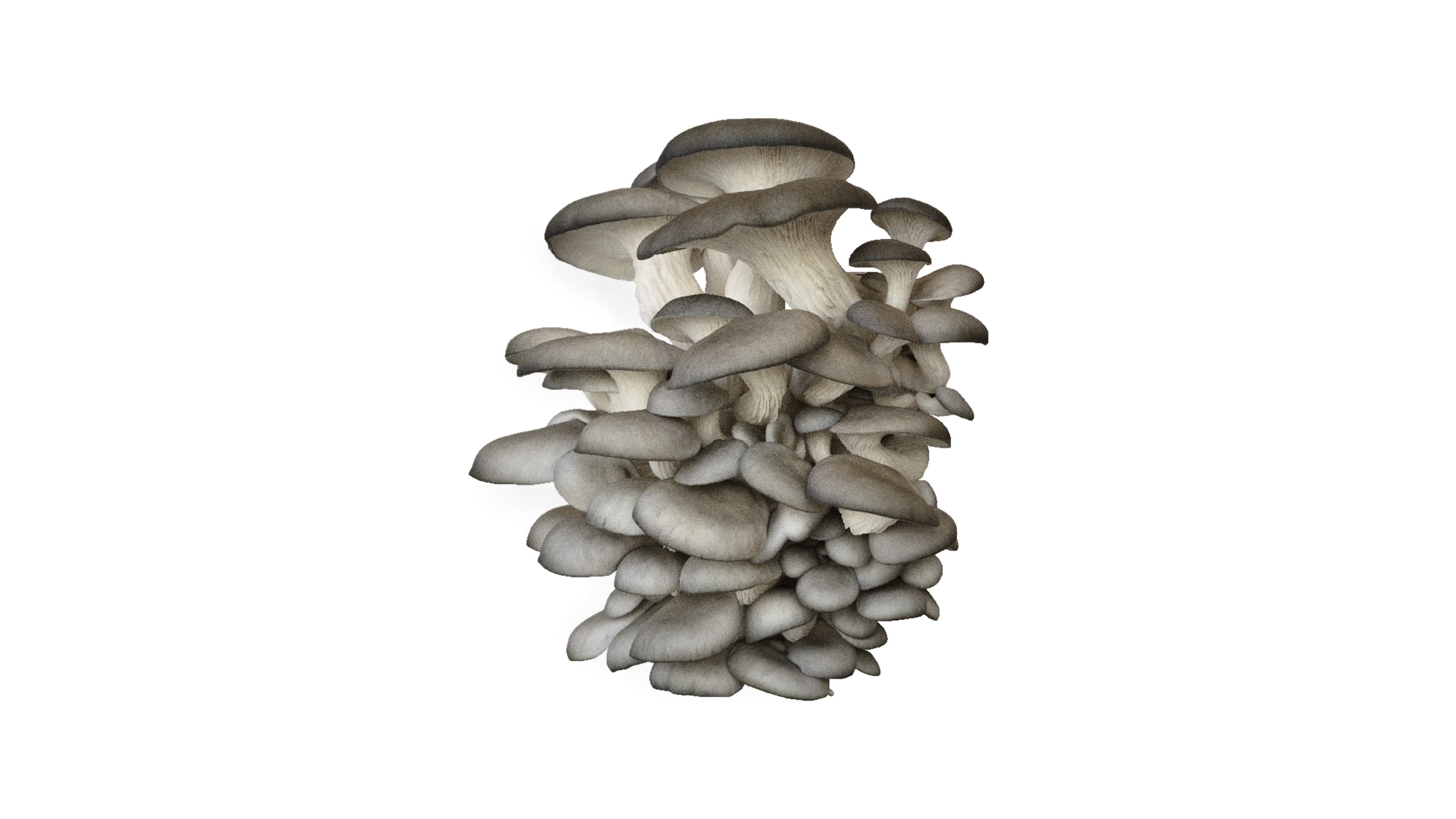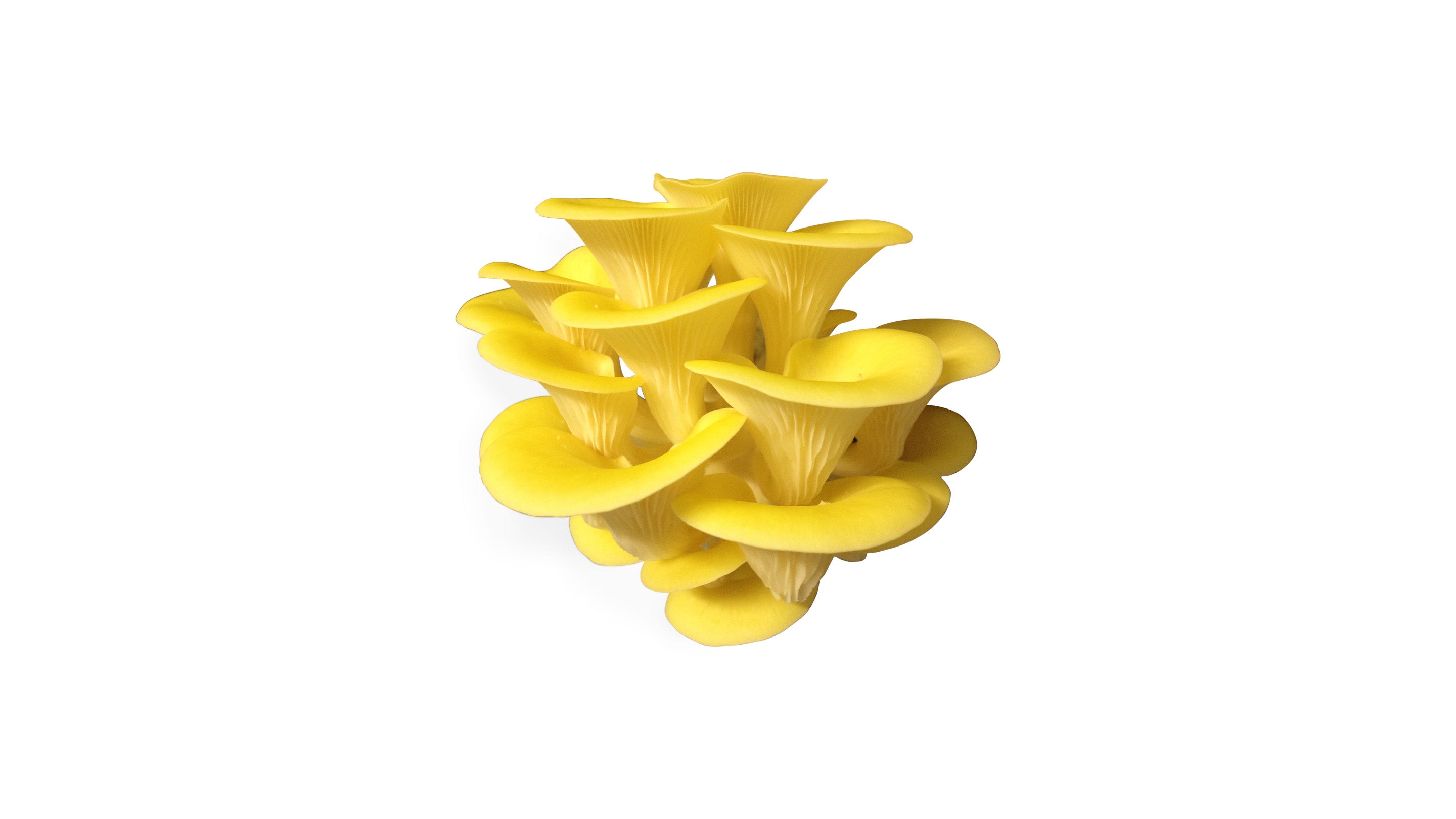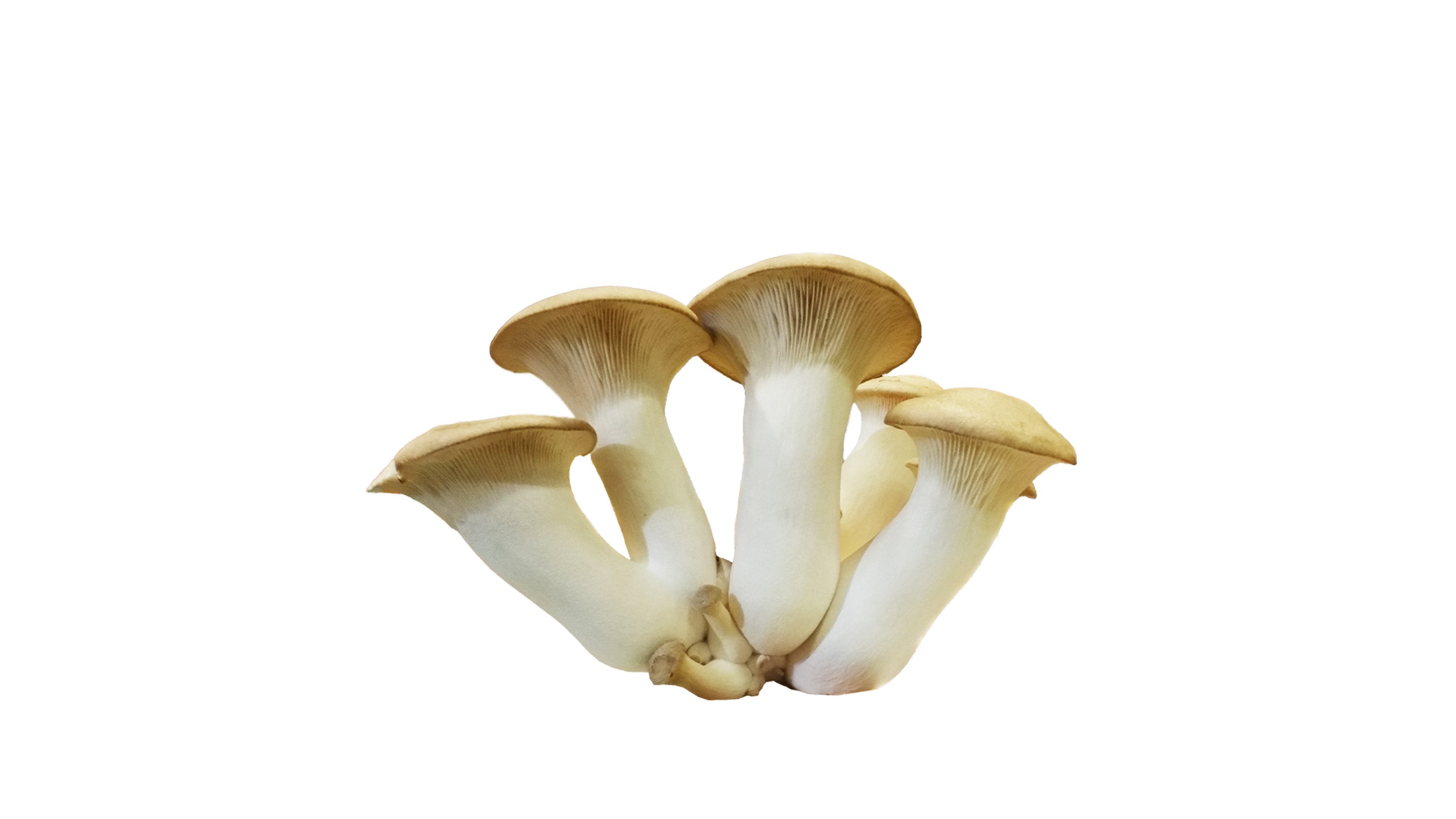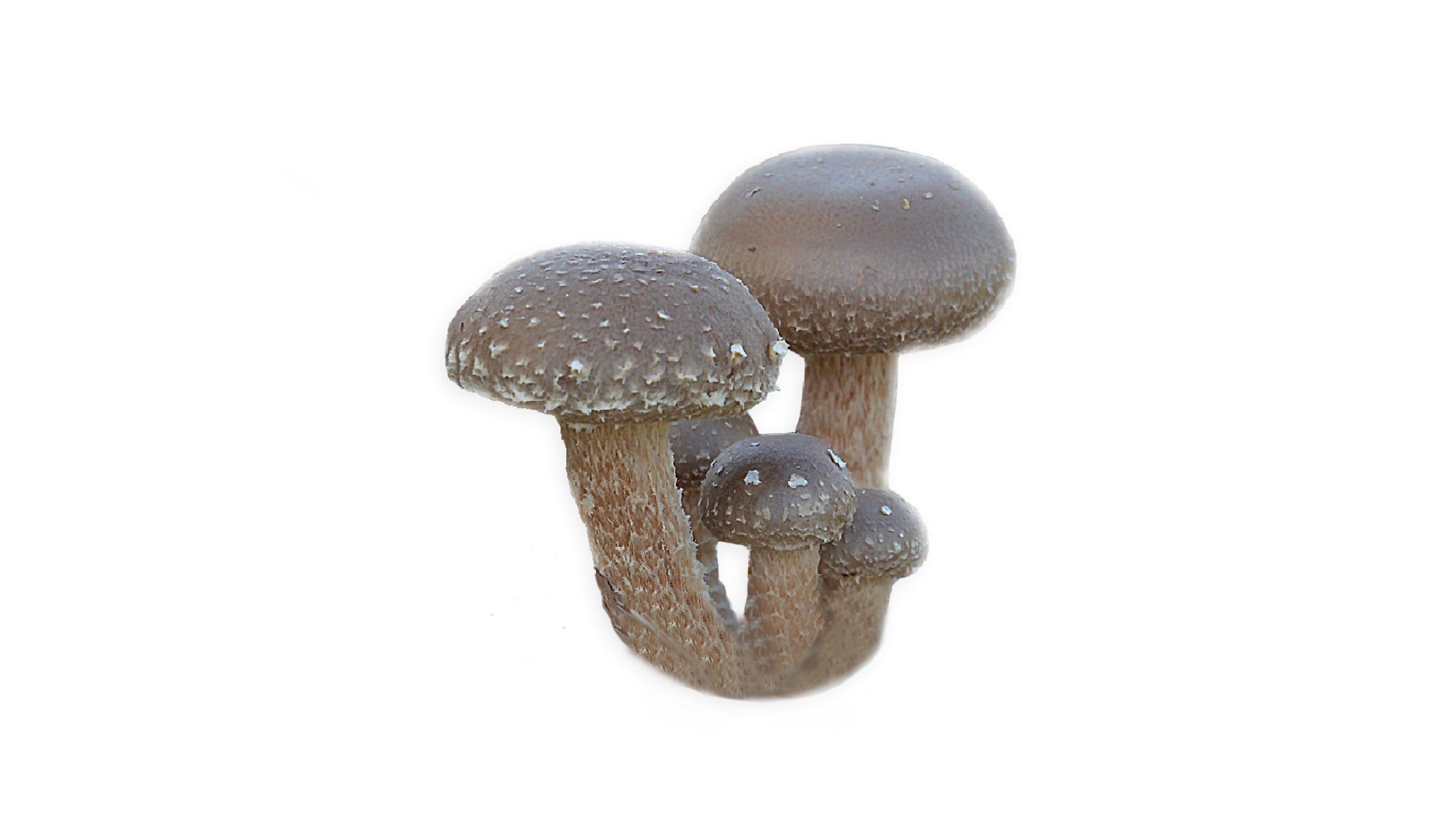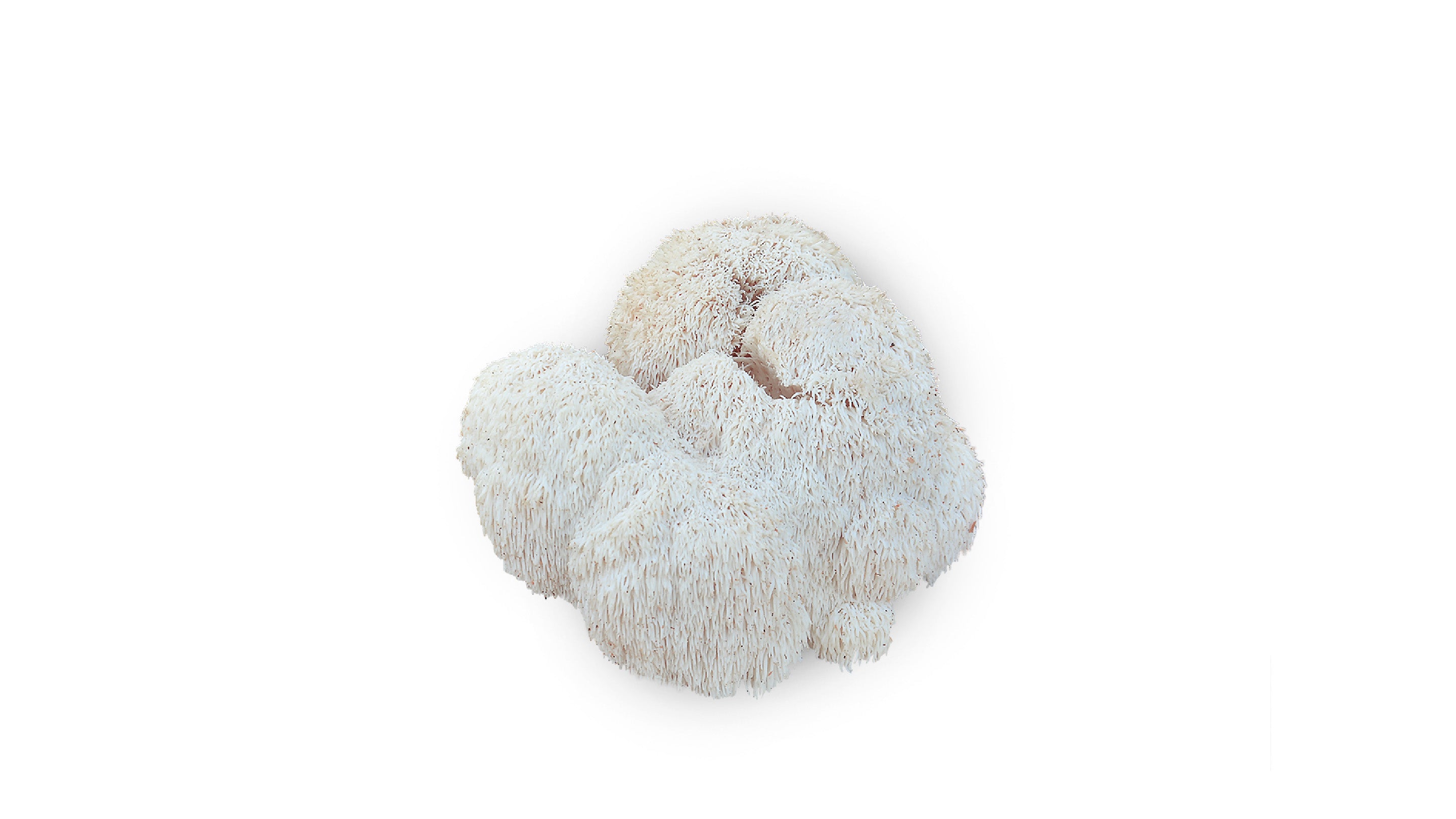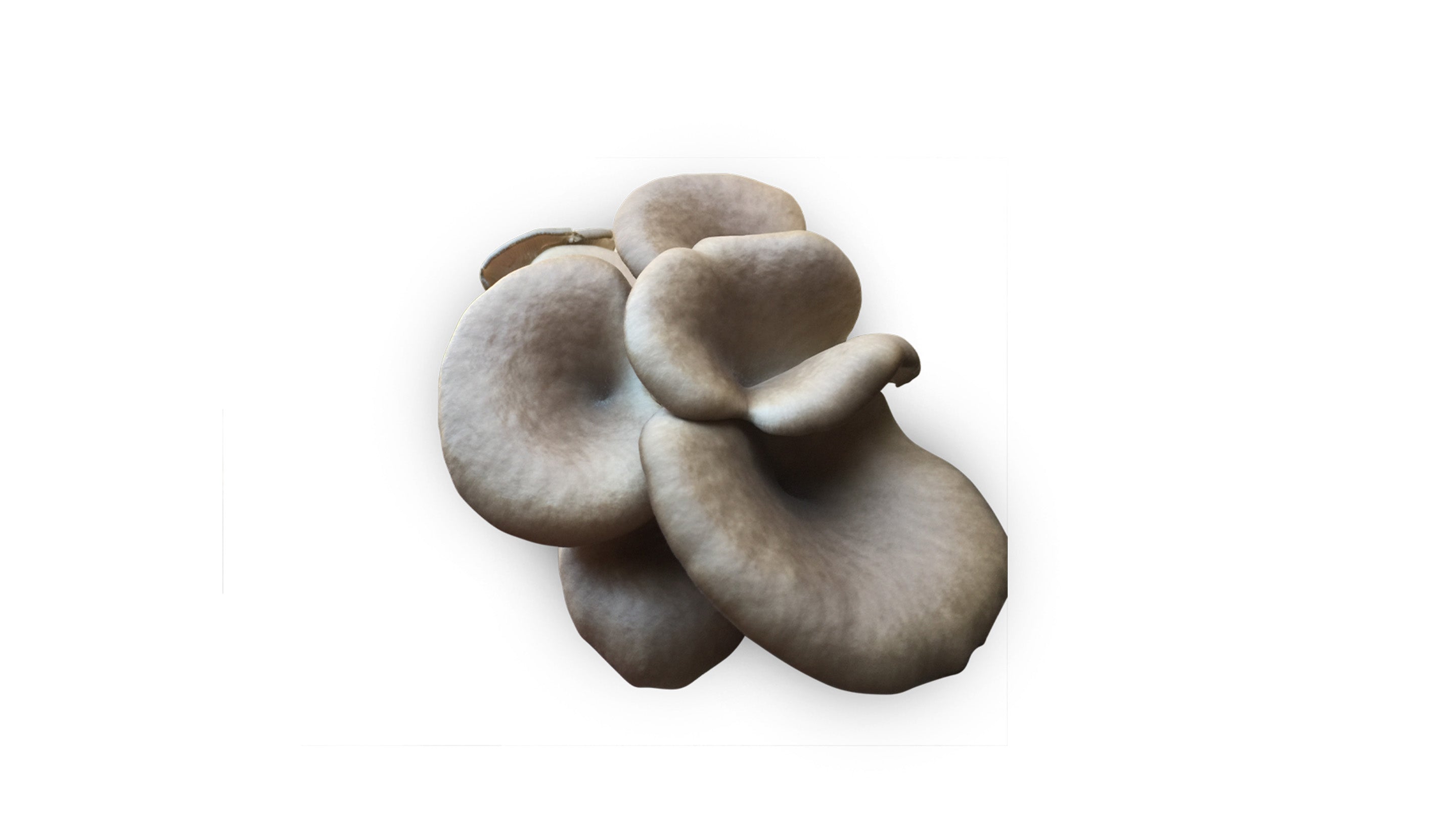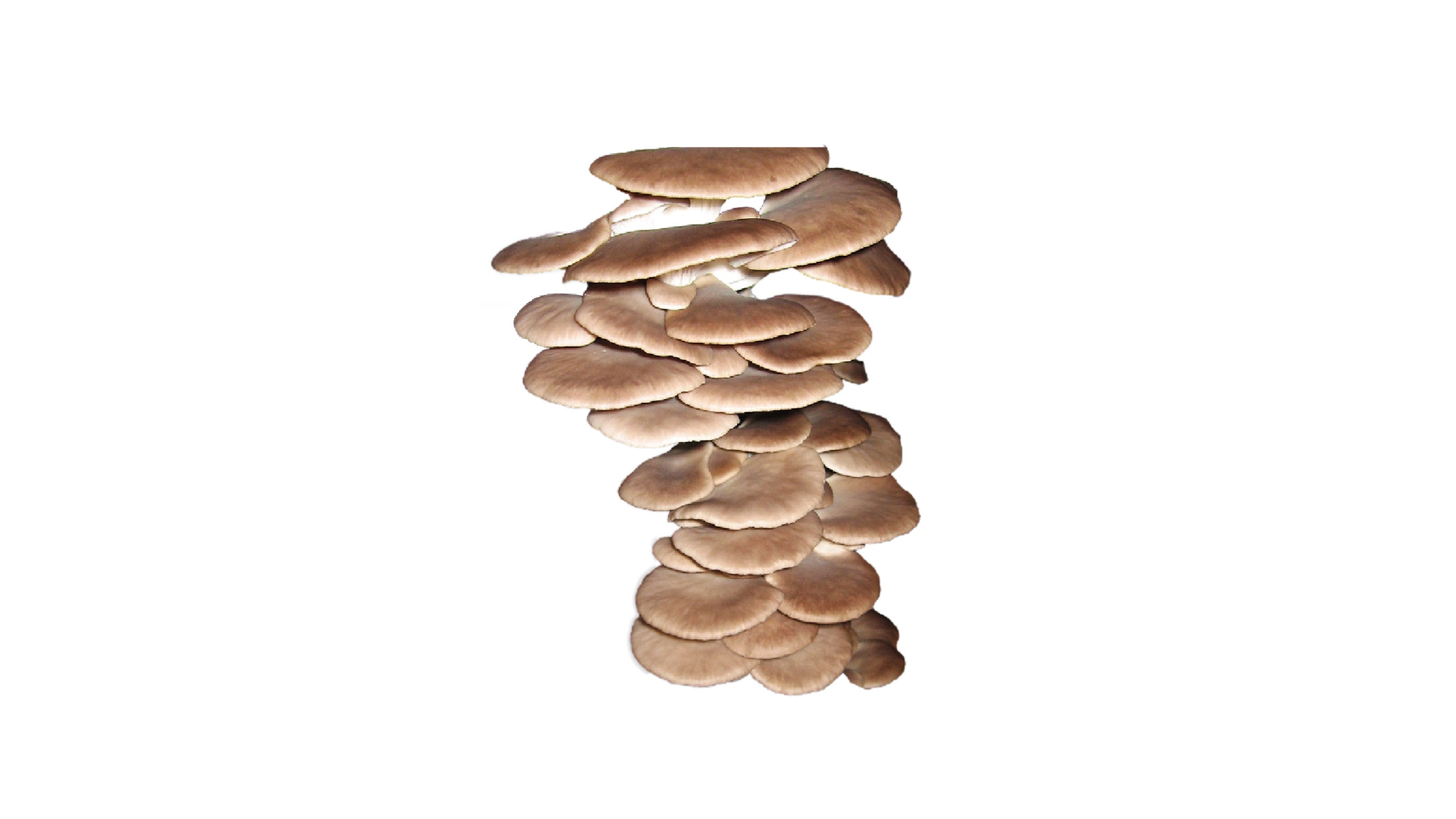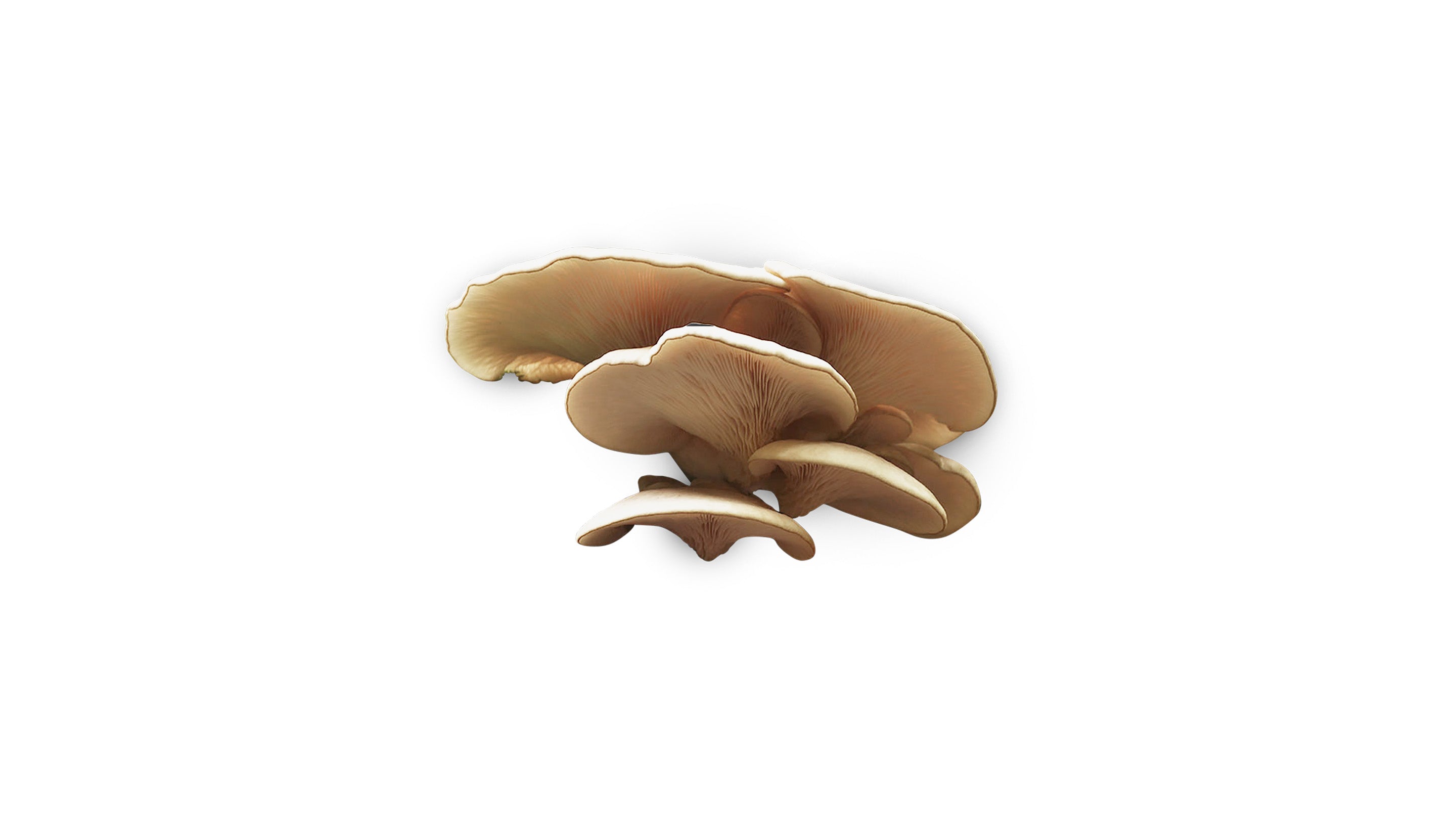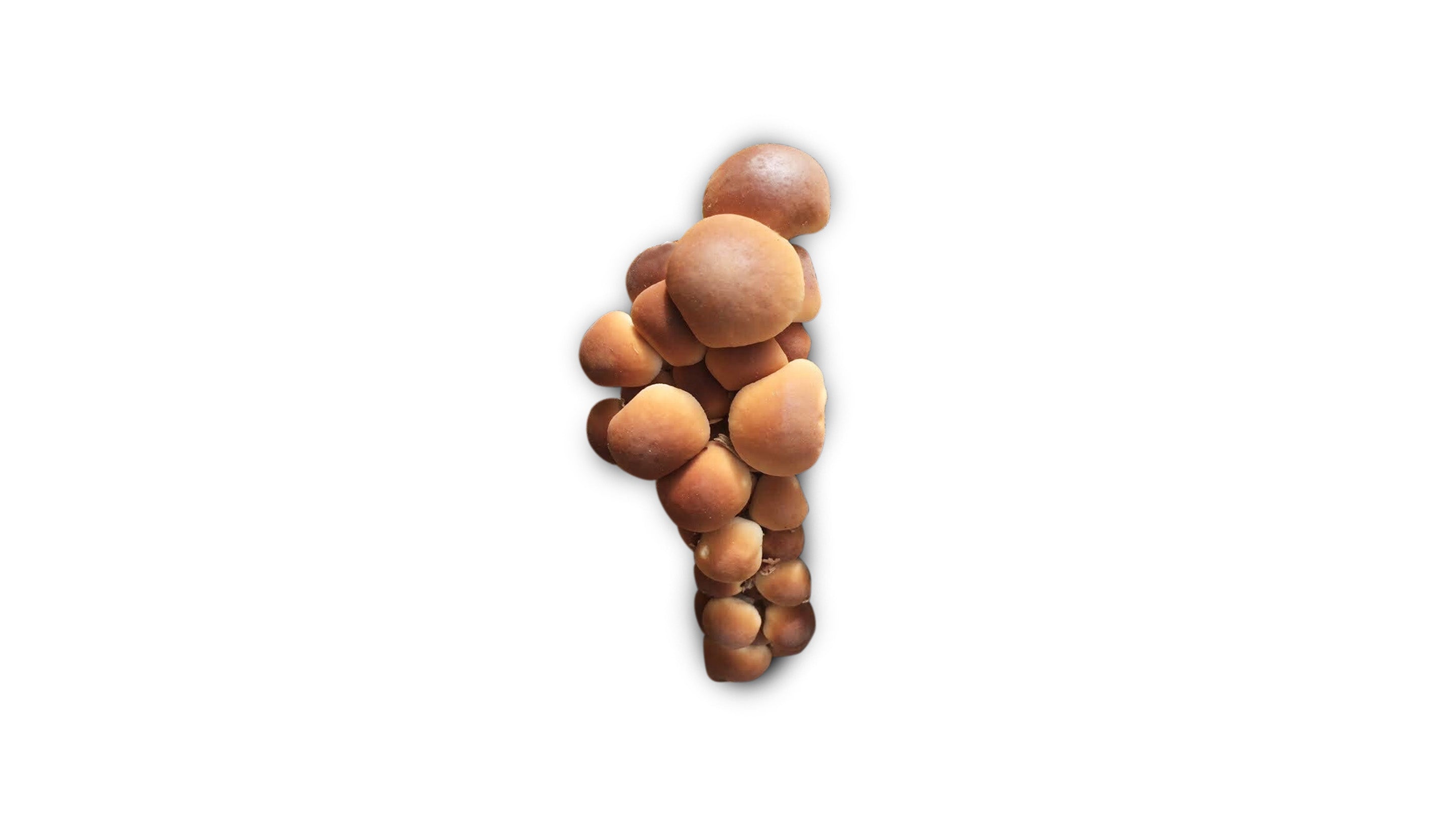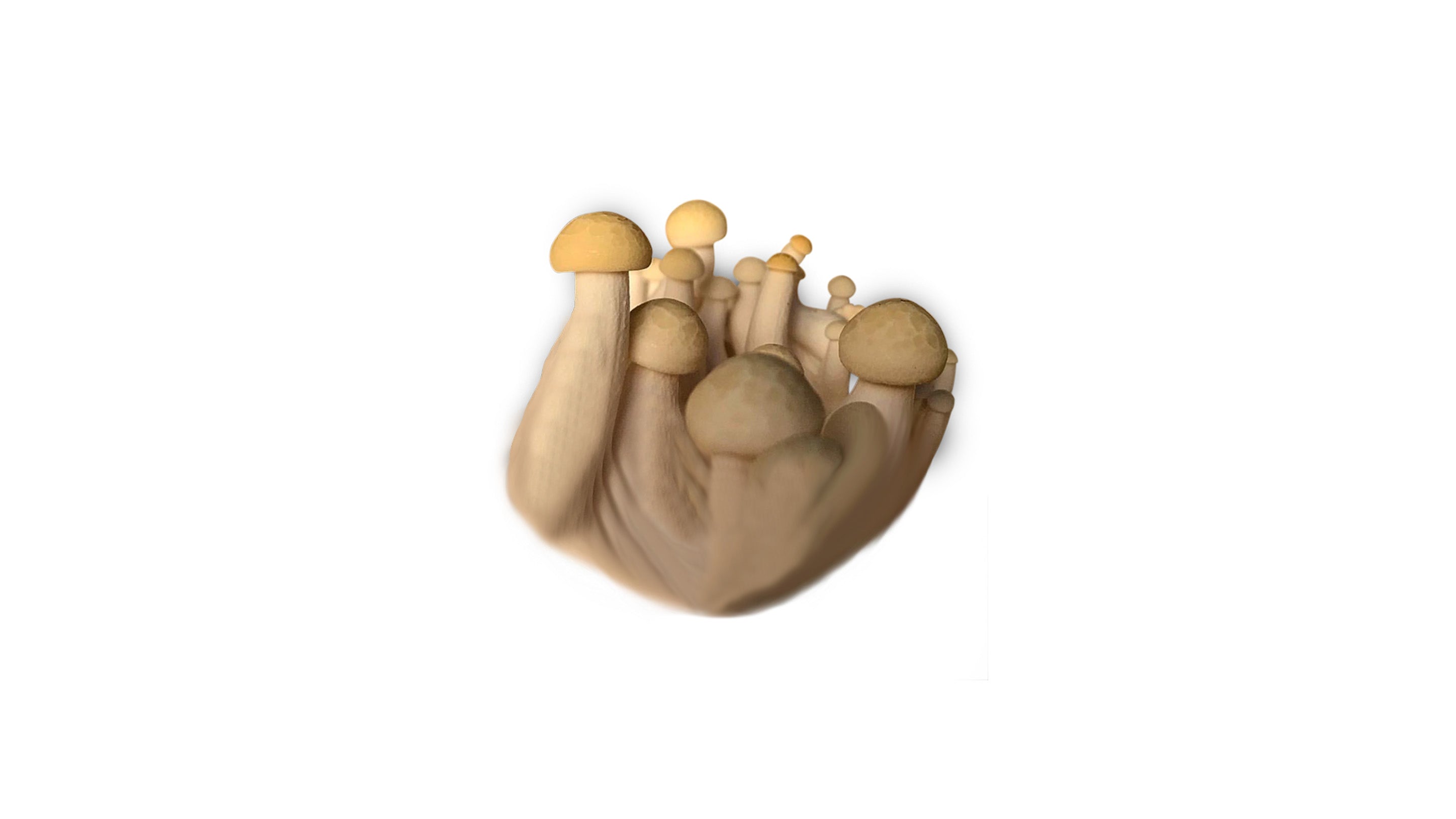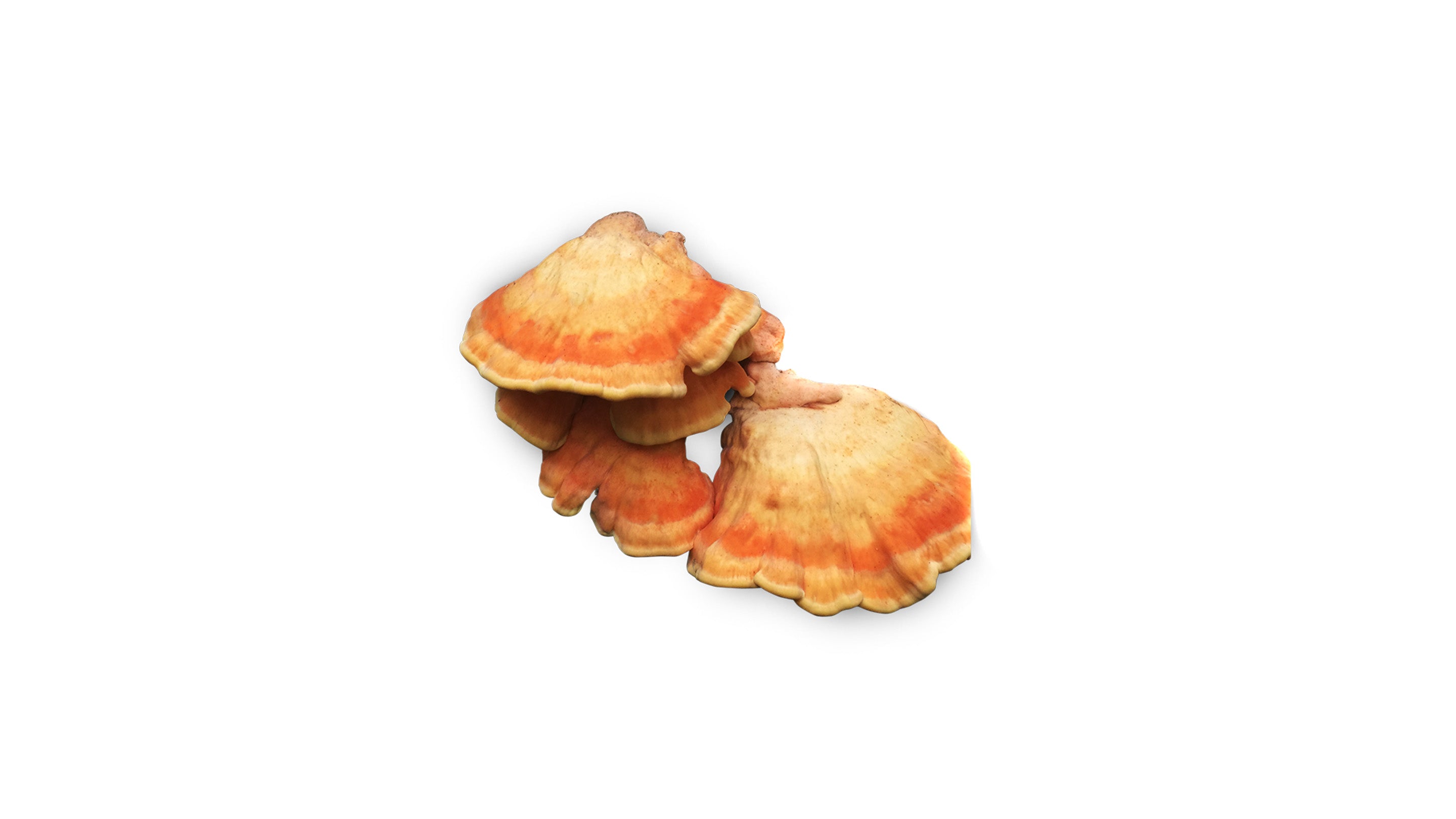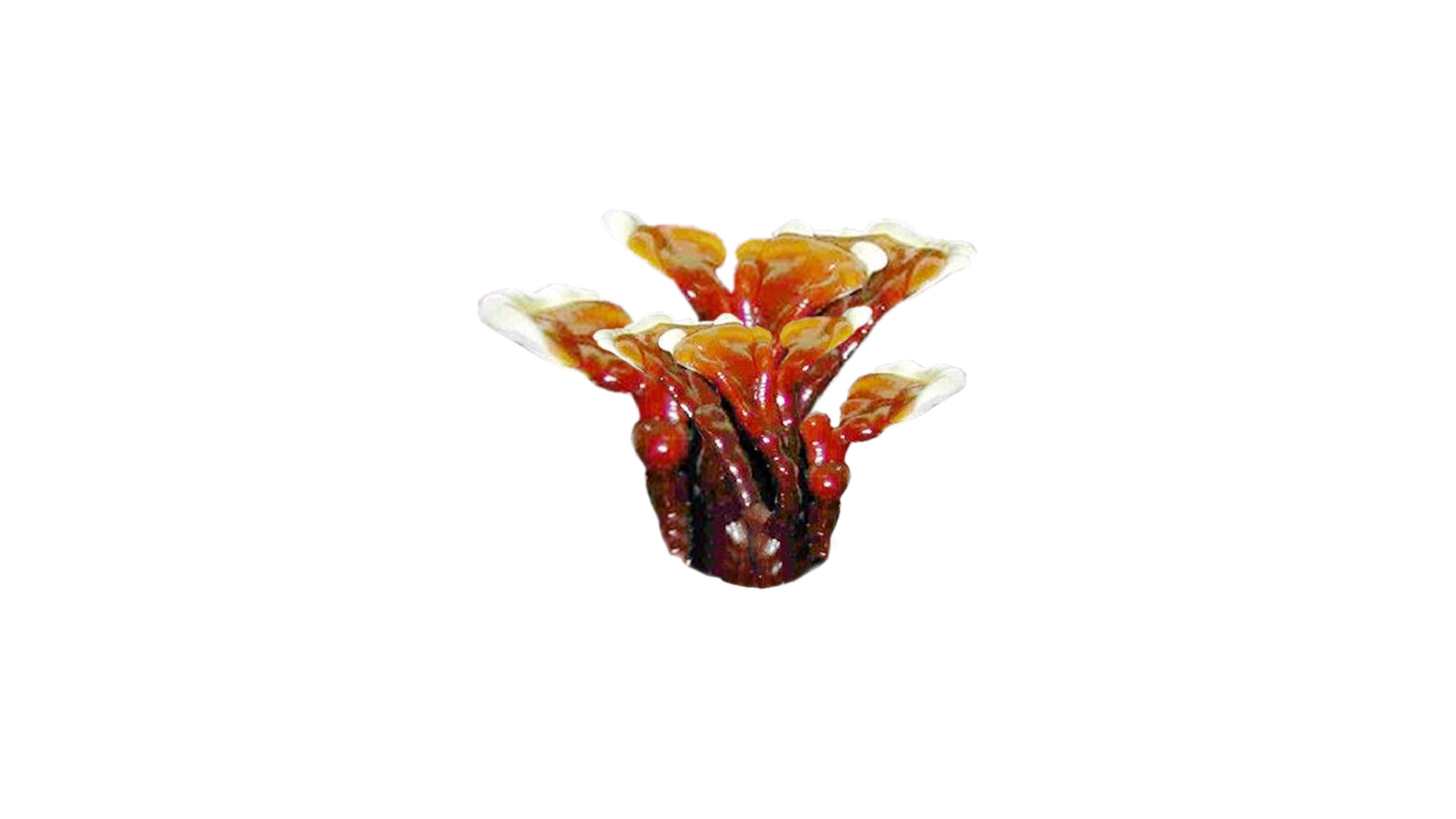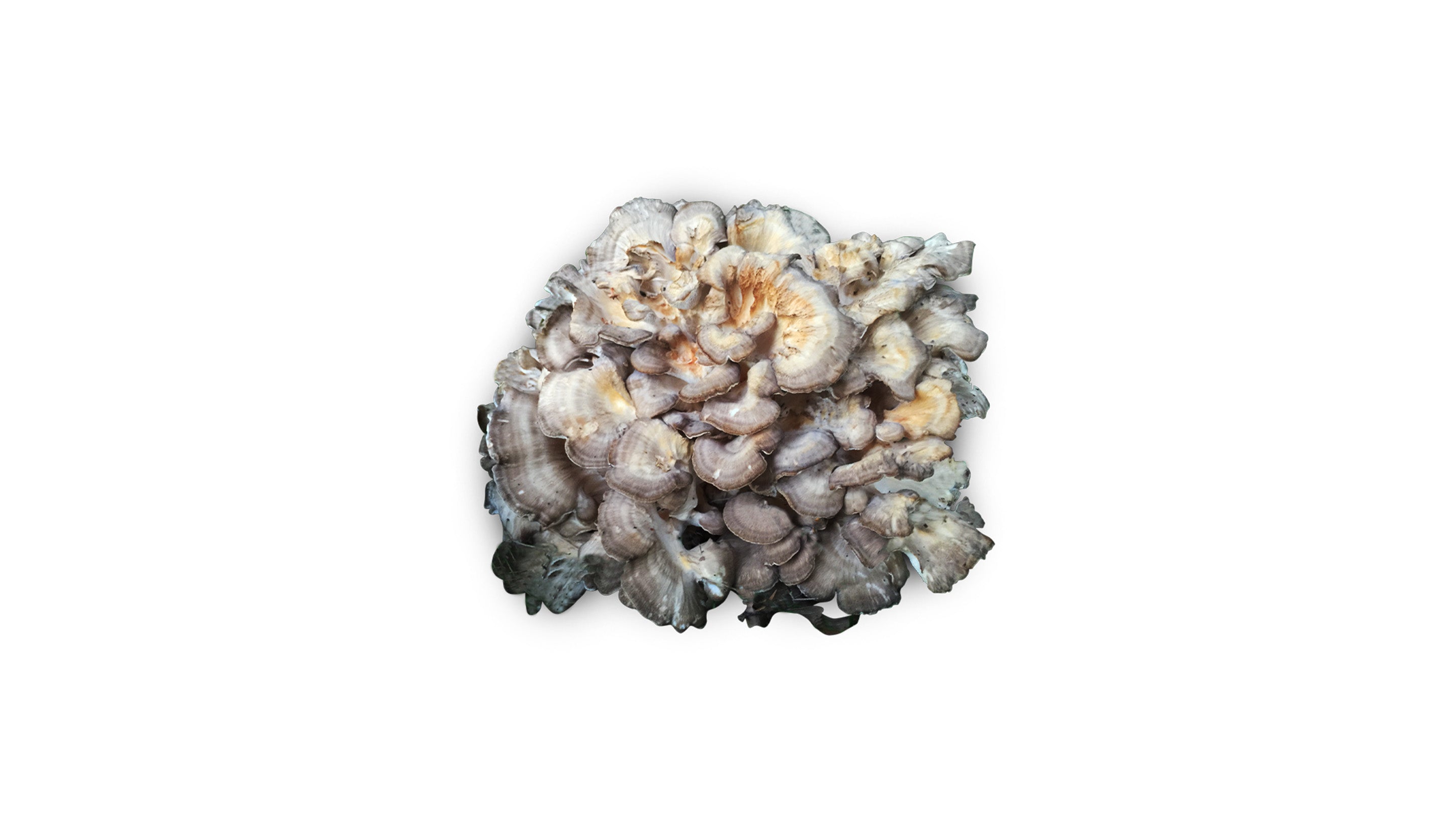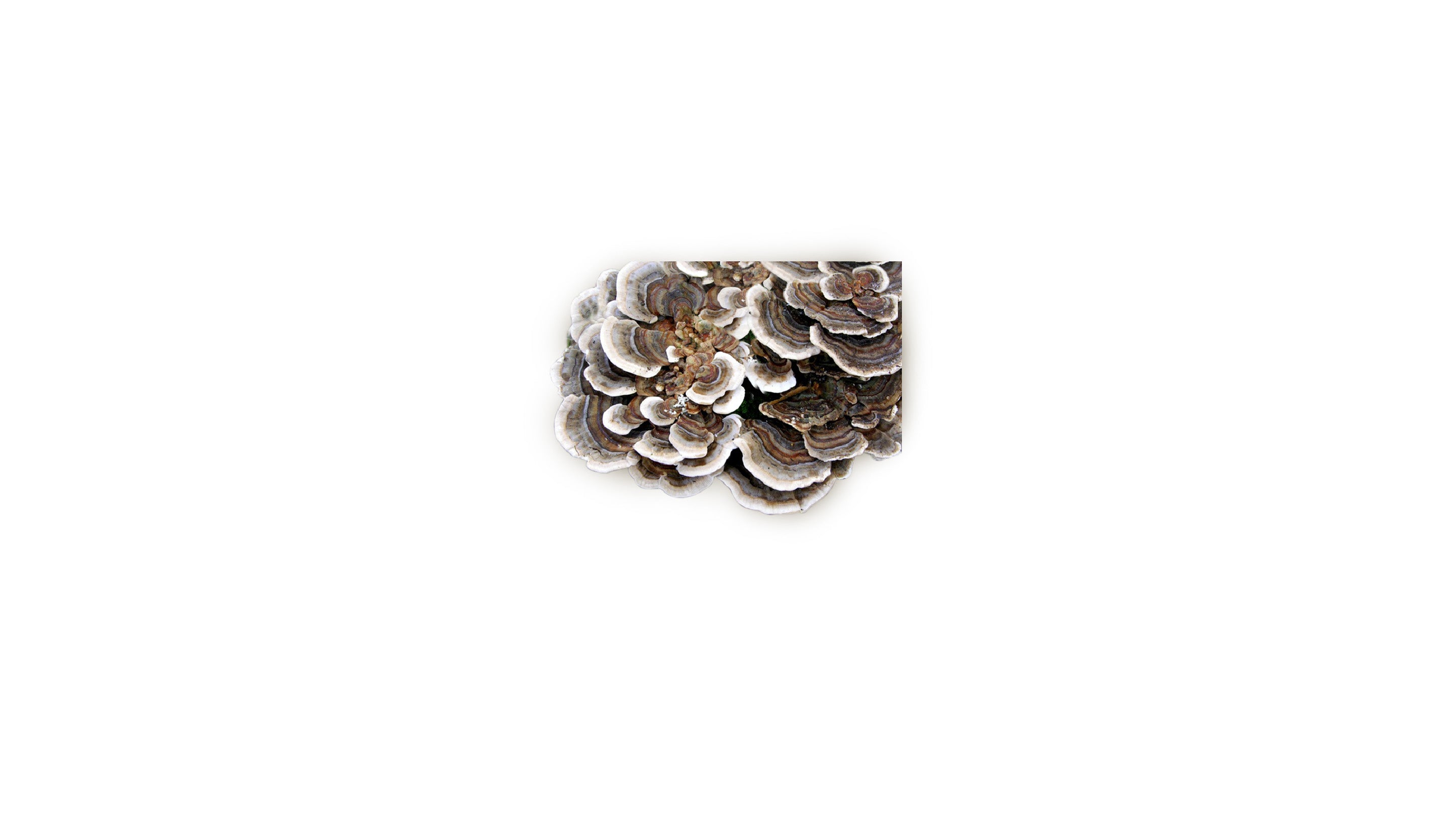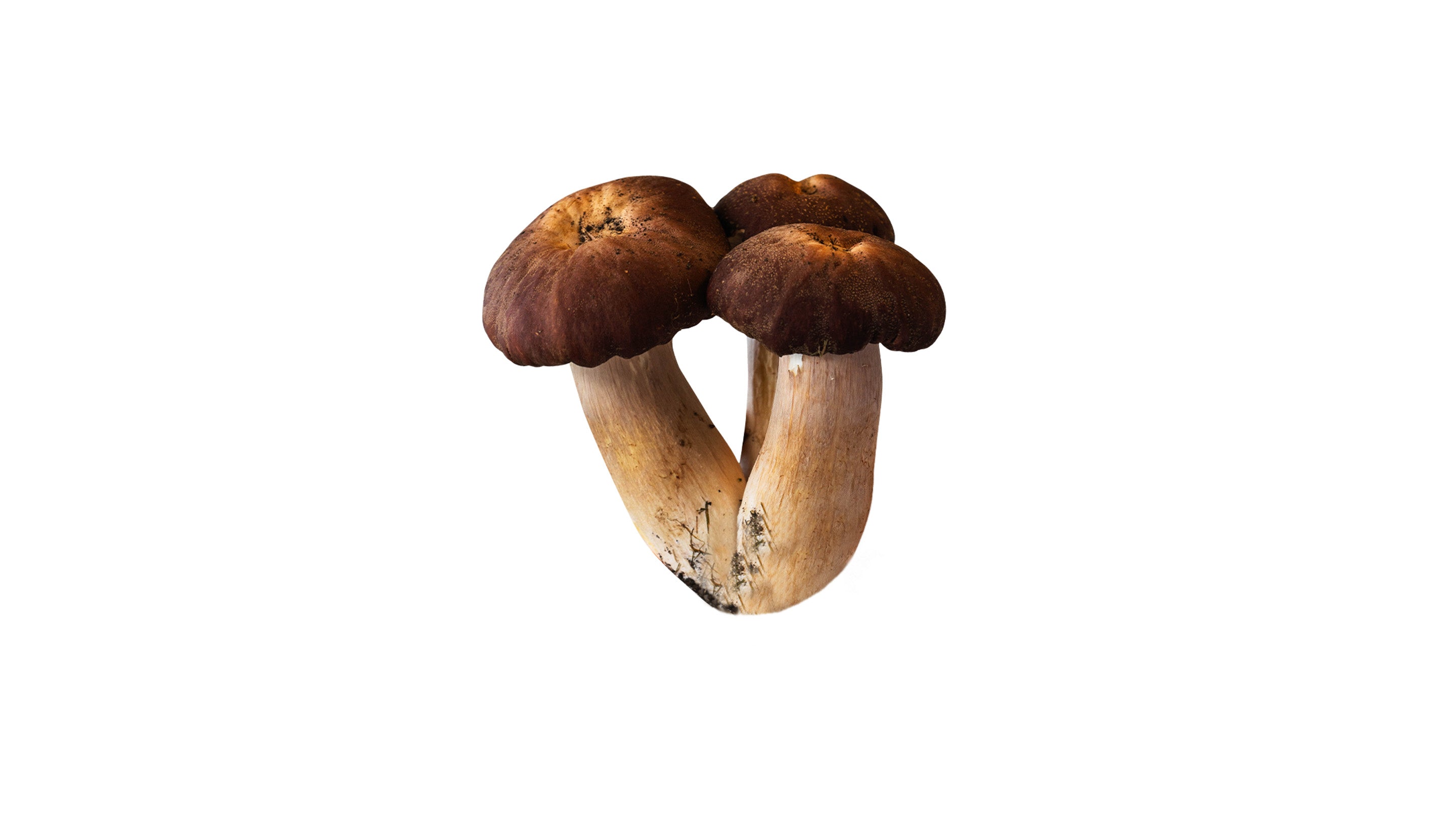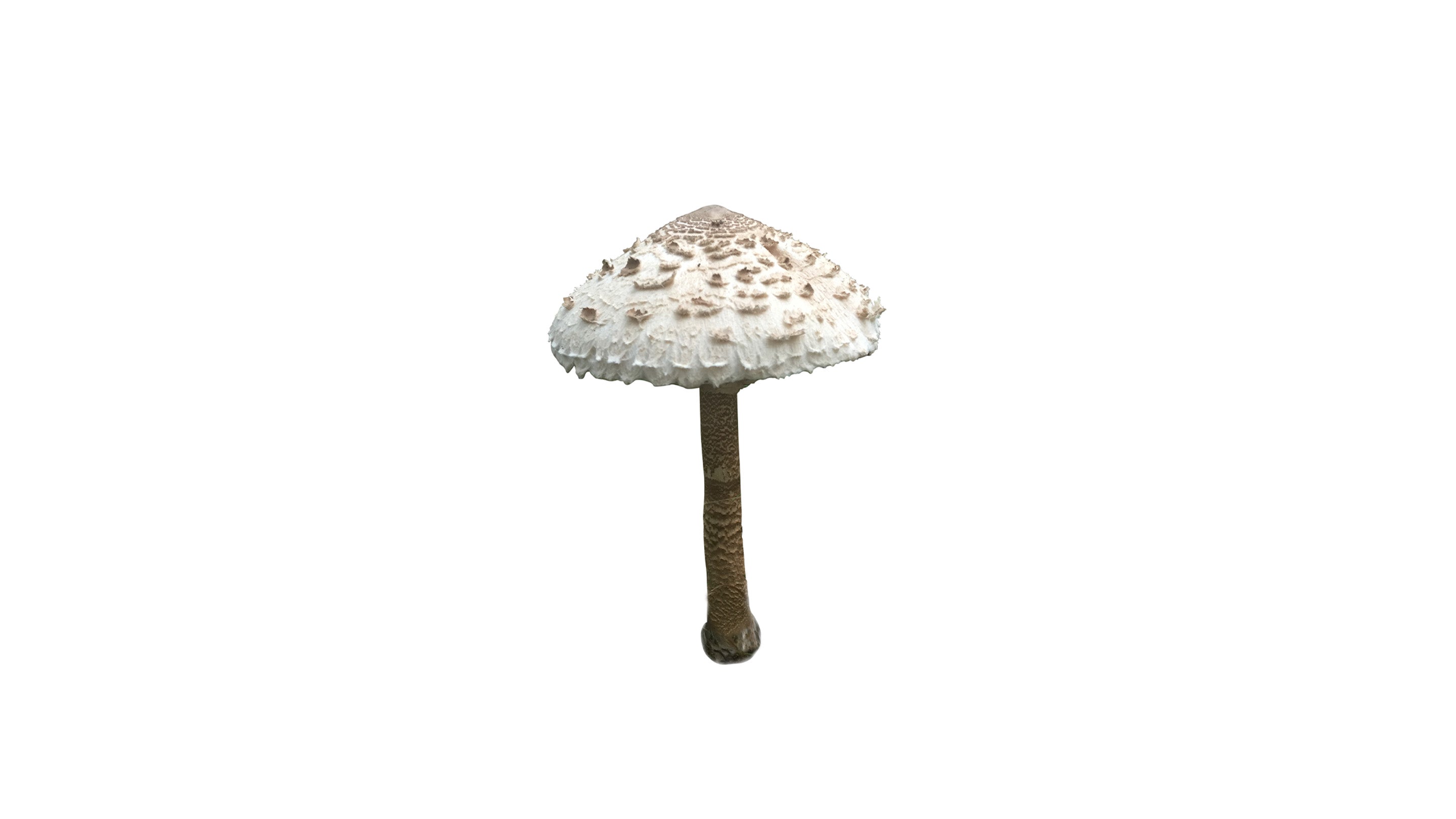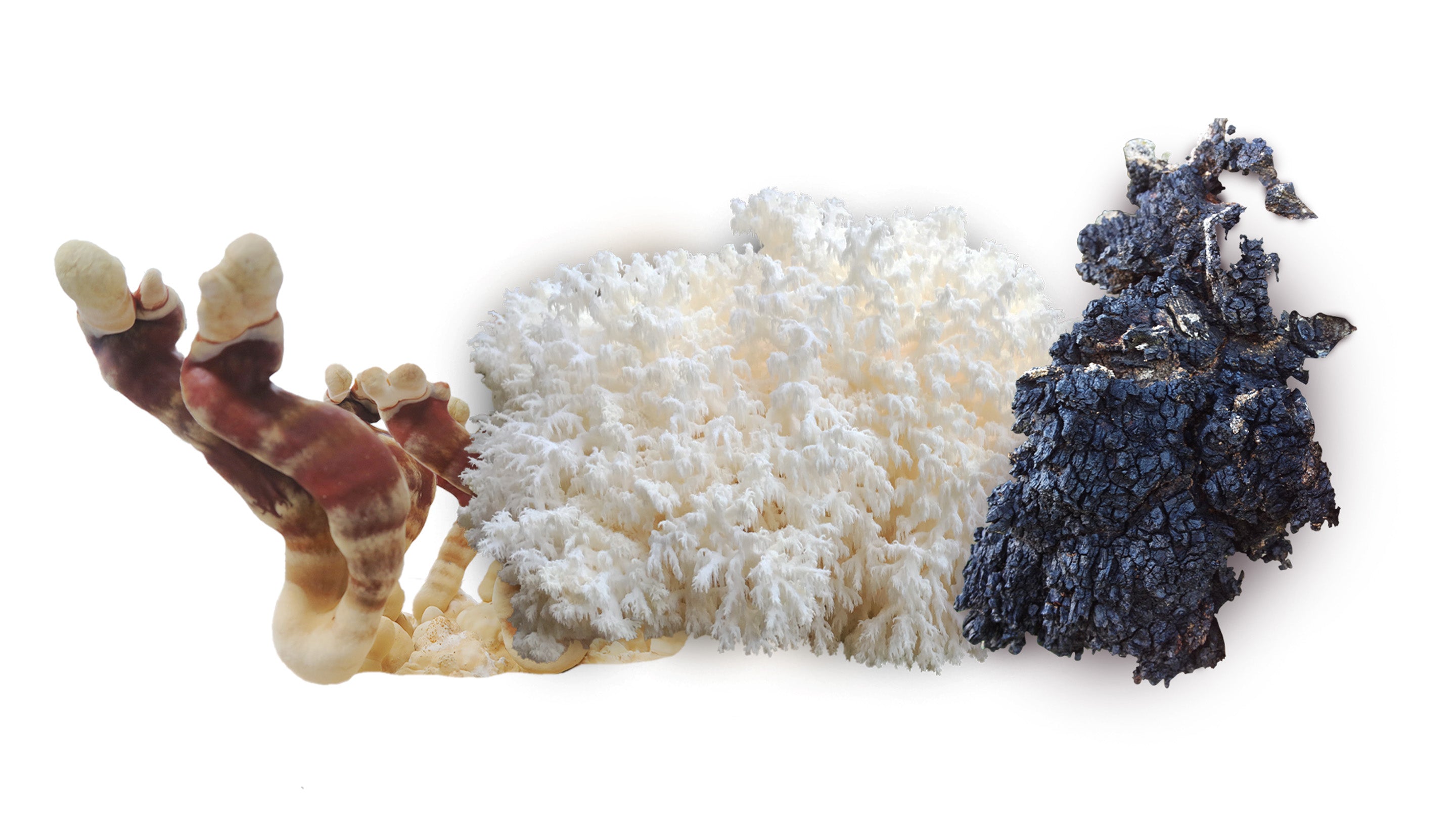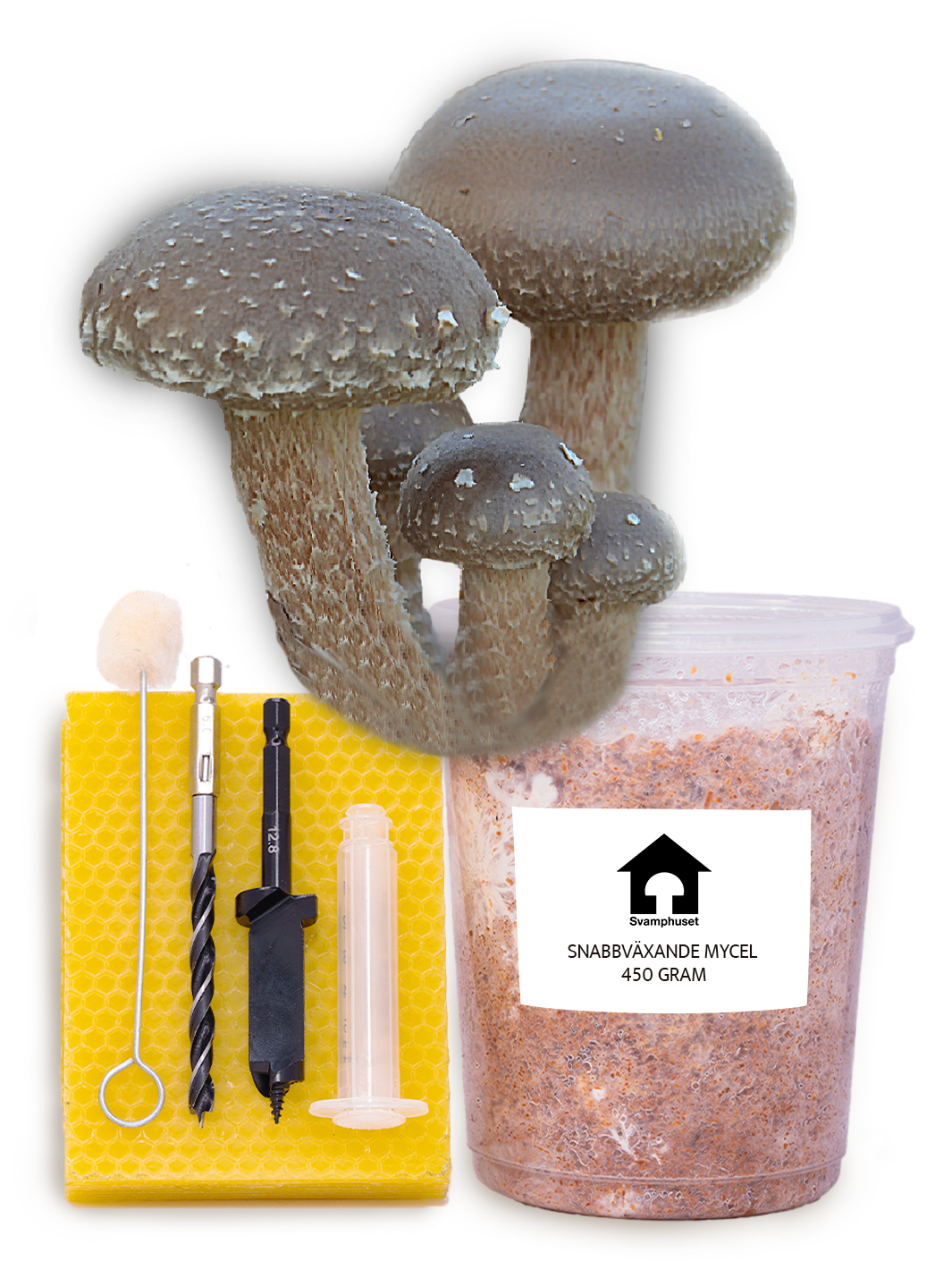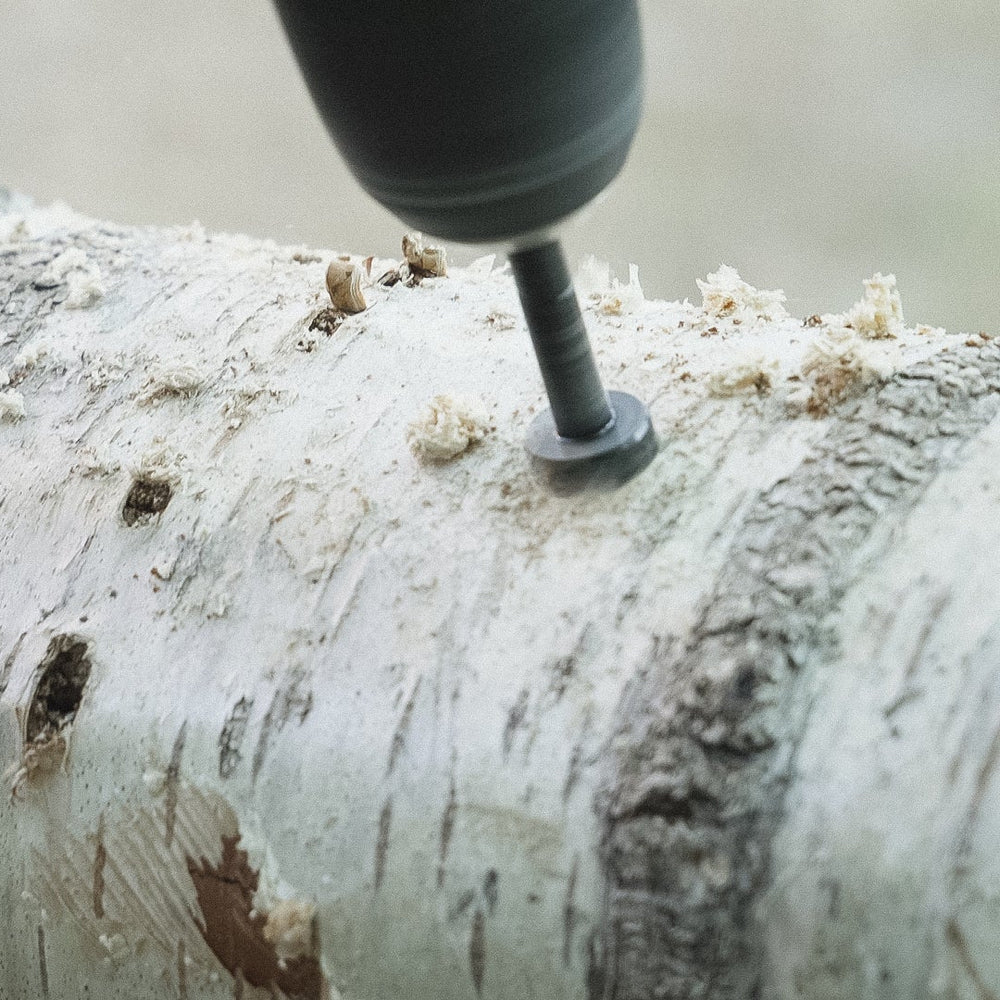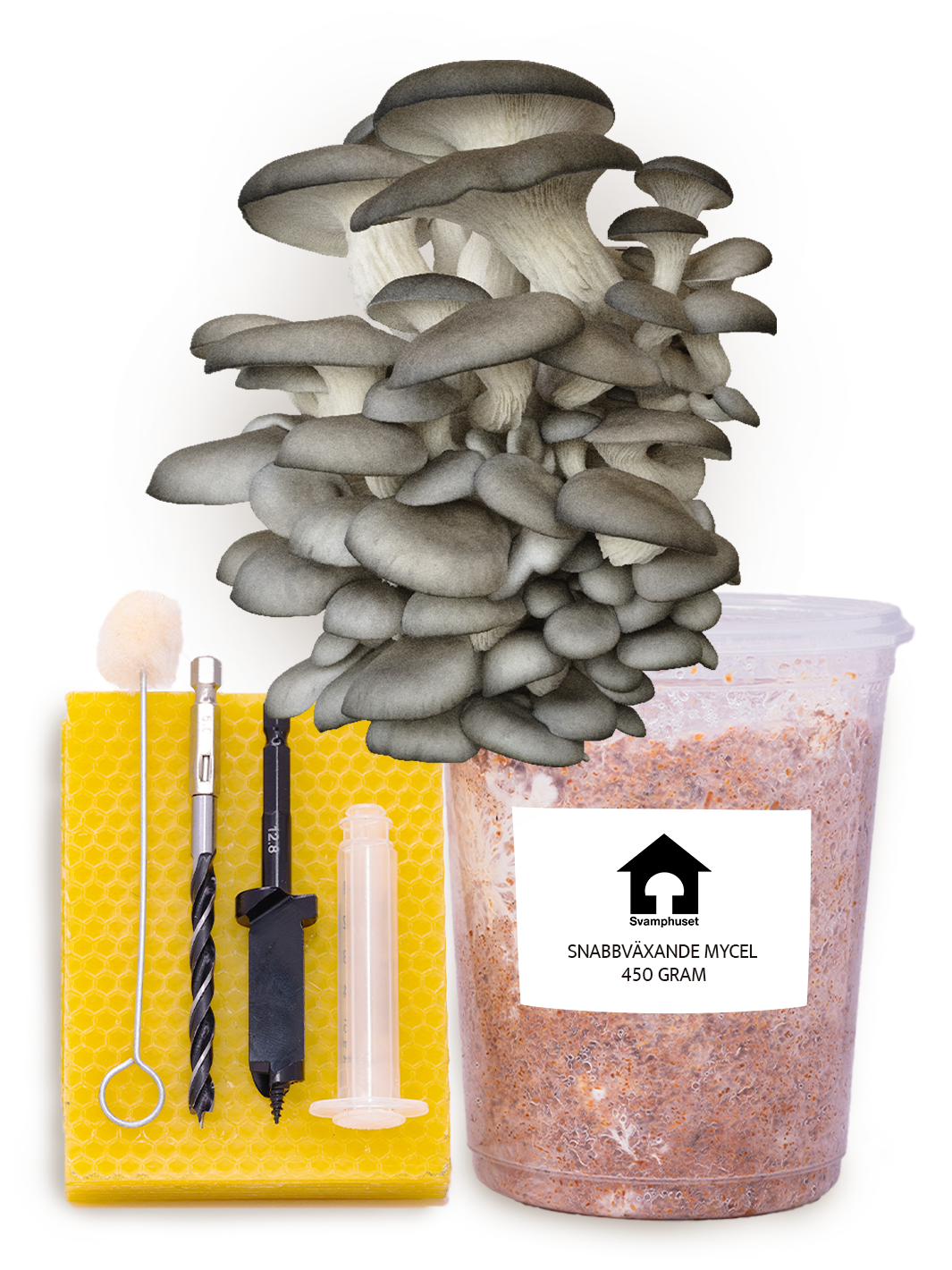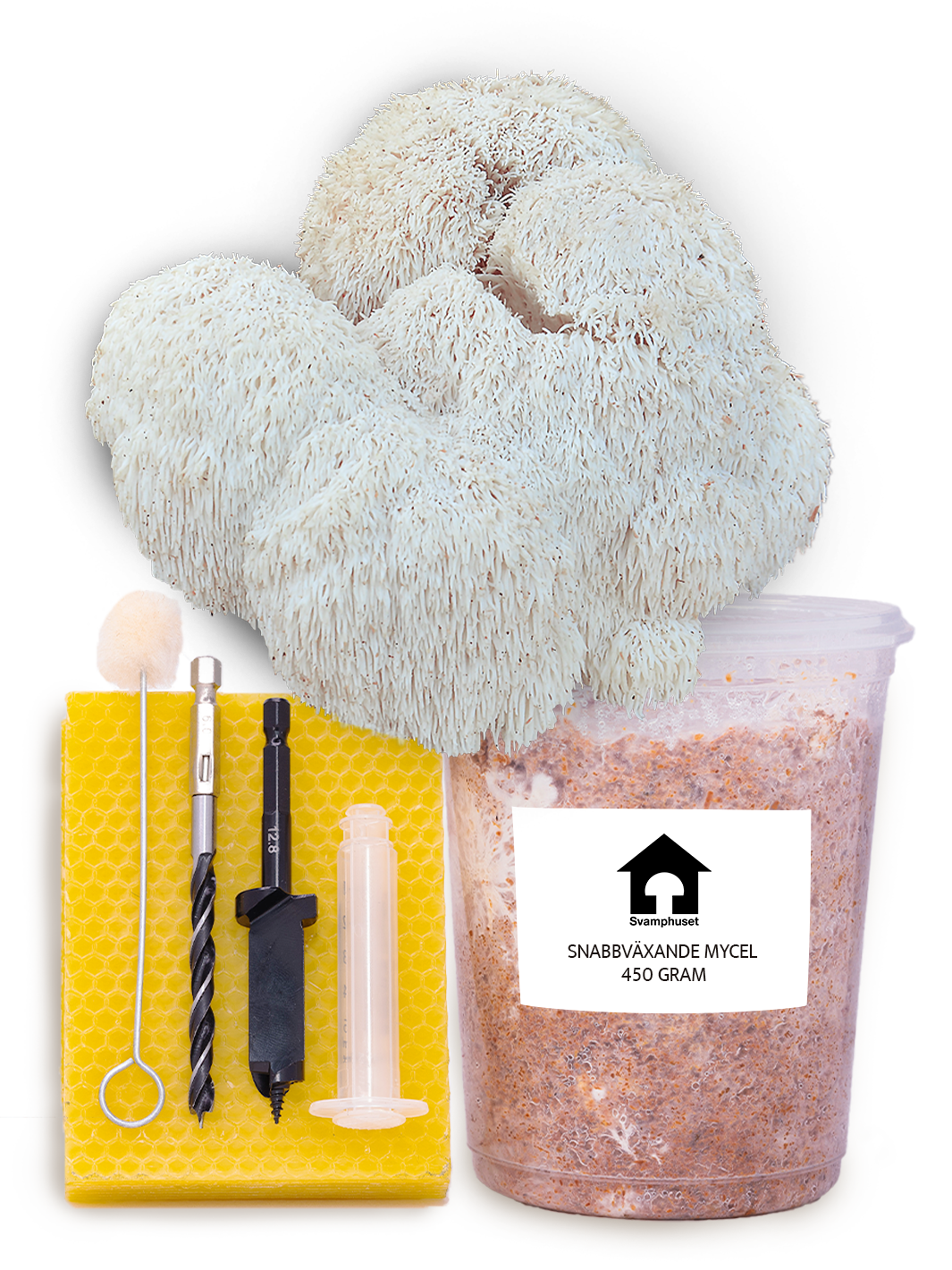How do I grow mushrooms?
Growing your own mushrooms is a fun and sustainable hobby.
Mushrooms can be grown indoors all year round with ready-made kits like ours Mushroom house .
The mushroom house contains mycelium and straw pellets as well as a grow bag so you just need to add water to get started. For those who want to grow in the garden, mycelium is available to buy for grafting onto logs and stumps as well as cultivation in beds of straw or wood chips.
Can all mushrooms be cultivated?
To answer that, we start by dividing mushrooms according to how they grow, there are big differences in the way they grow in mycorrhiza-forming species, compost-living species and eutrophic species.
Mycorrhizal fungi such as chanterelle – Chantarellus cibarius and karljohan – Boletus edulis live in symbiosis with living trees and are unfortunately not cultivable.
Compost fungi or pronasal prophytes such as mushrooms and proud mountain pine lives on organic material in the soil and is cultivable.
The third group is viviparous species, i.e. fungi that break down cellulose and lignin in living and dead trees, e.g. oyster slicing and shiitakes . Many mushroom species can also be grown on materials such as straw and coffee grounds.
Should I place my mushroom farm under the bed or in the basement?
No!
Choose a suitable environment for your cultivation, the mushroom wants it bright but not too hot and dry. Try to mimic the mushroom's natural environment as much as possible. A common misconception is that all mushrooms should be grown in the dark because in the past, mushrooms were often grown in the dark to save on the electricity bill. Mushrooms are basically the only mushroom you can grow in the dark, but you should avoid it to allow the mushroom to develop a higher level of vitamin D. Most mushrooms become deformed in the dark, so choose a place with indirect sunlight or stronger indoor lighting. To create a moist environment, it is advantageous to grow in a cool conservatory or greenhouse. For those who grow in an apartment, it is important to water often, preferably with a spray bottle so that both the substrate and the fungus stay moist. Please protect against drying out by loosely covering the cultivation with a hood of transparent plastic. Note that the mushroom requires plenty of fresh air so it must not be too dense.
How do I plan my mushroom cultivation in the garden?
Try to mimic the mushroom's natural growing environment when planning your cultivation and choose a moist place with natural shade. During periods of drought, beds need to be watered and logs soaked to avoid drying out. Grafting logs outdoors is best done in the spring, from the time the nettles begin to sprout until about two months before the frost hits the ground. Logs can be grafted with mycelium plugs or fast growing mycelium and operated indoors all year round to speed up the process, preferably at a temperature above five plus degrees.
What should I grow on?
Each fungus has its favorite substrate, ie. the material it prefers to grow. We have gathered all the information about the best materials in the cultivation description that you will find at the bottom of the page in the species description of each mushroom. The material must be fresh and free from other fungi. For cultivation on logs and sawdust, most evergreen species almost exclusively require wood from hardwood trees. Exceptions are nameko and varnish tick which is good for growing on spruce. Oyster slicing can also grow on spruce but it prefers hardwoods.
It is best to grow on logs that have been felled when the sap has risen in the spring to provide a high moisture content. Feel free to wait a couple of weeks after felling to let the tree's built-in defenses against fungal attacks settle down, but don't wait too long, other fungi and microorganisms quickly establish themselves and will compete for the nutrients. Old, darkened logs are not suitable for mushroom cultivation.
When growing on sawdust indoors, the material is advantageously enriched with the addition of 10% grain, e.g. wheat bran Keep in mind that molds also like the quick nutrition in grains. Pasteurization and sterilization in pressure cookers or autoclaves kill unwanted microorganisms, but the requirements for hygiene are higher than when growing on logs. When growing fast-growing species such as oyster slivers on cut wheat straw, pasteurization in a water bath is sufficient. Maintain an even temperature of approx. 63-75 degrees for 30-90 minutes and then let the water drain well and cool before adding the mycelium. When growing on sawdust and logs outdoors, the substrate is usually not heat treated.
The mushroom house Straw pellets can be used without heat treatment as it is already heated during manufacture.
When growing in raised beds outdoors, suitable materials such as straw and wood chips are advantageously mixed with fresh hardwood logs in a pallet collar or drained pot to provide rapid growth in the readily available straw and long access to nutrients from the sawdust and logs.



